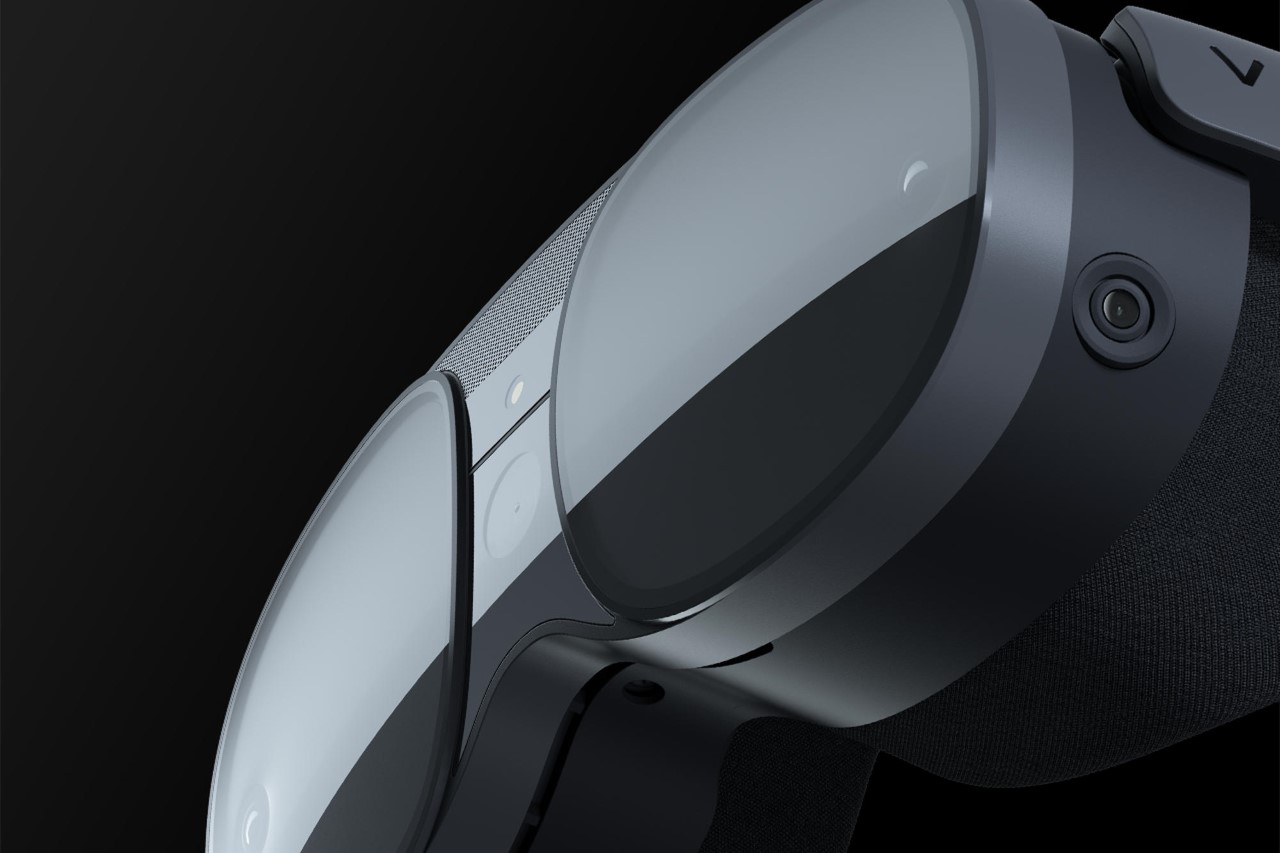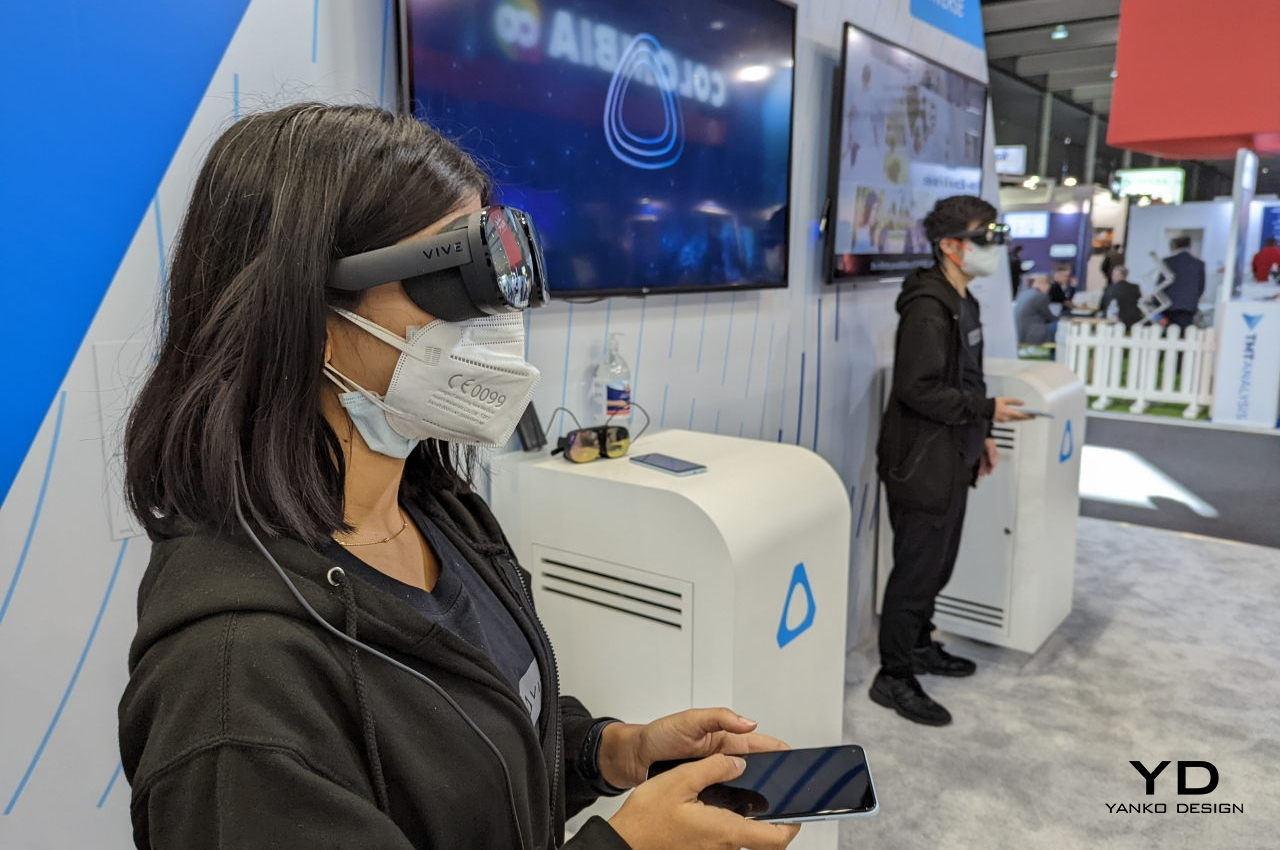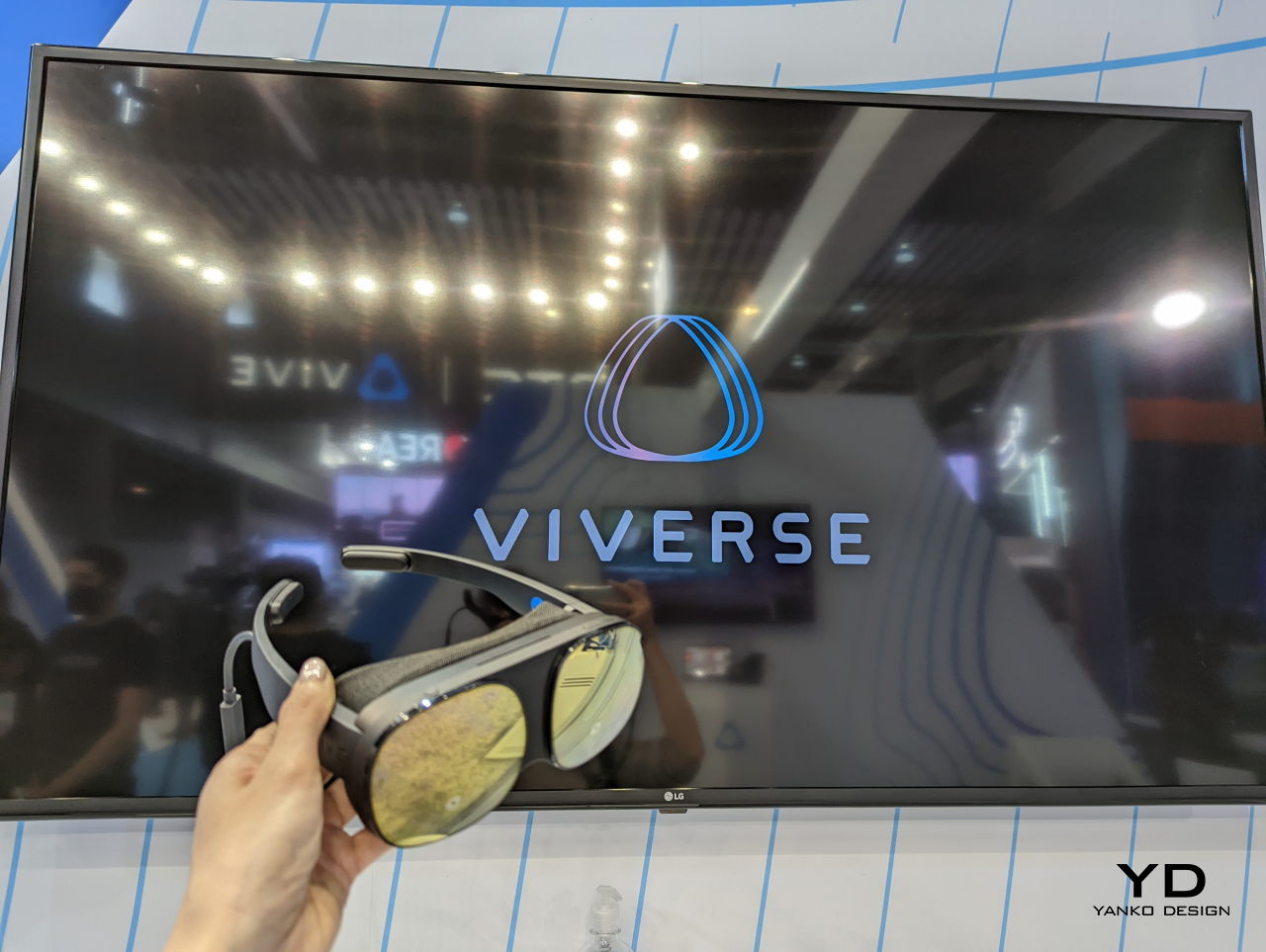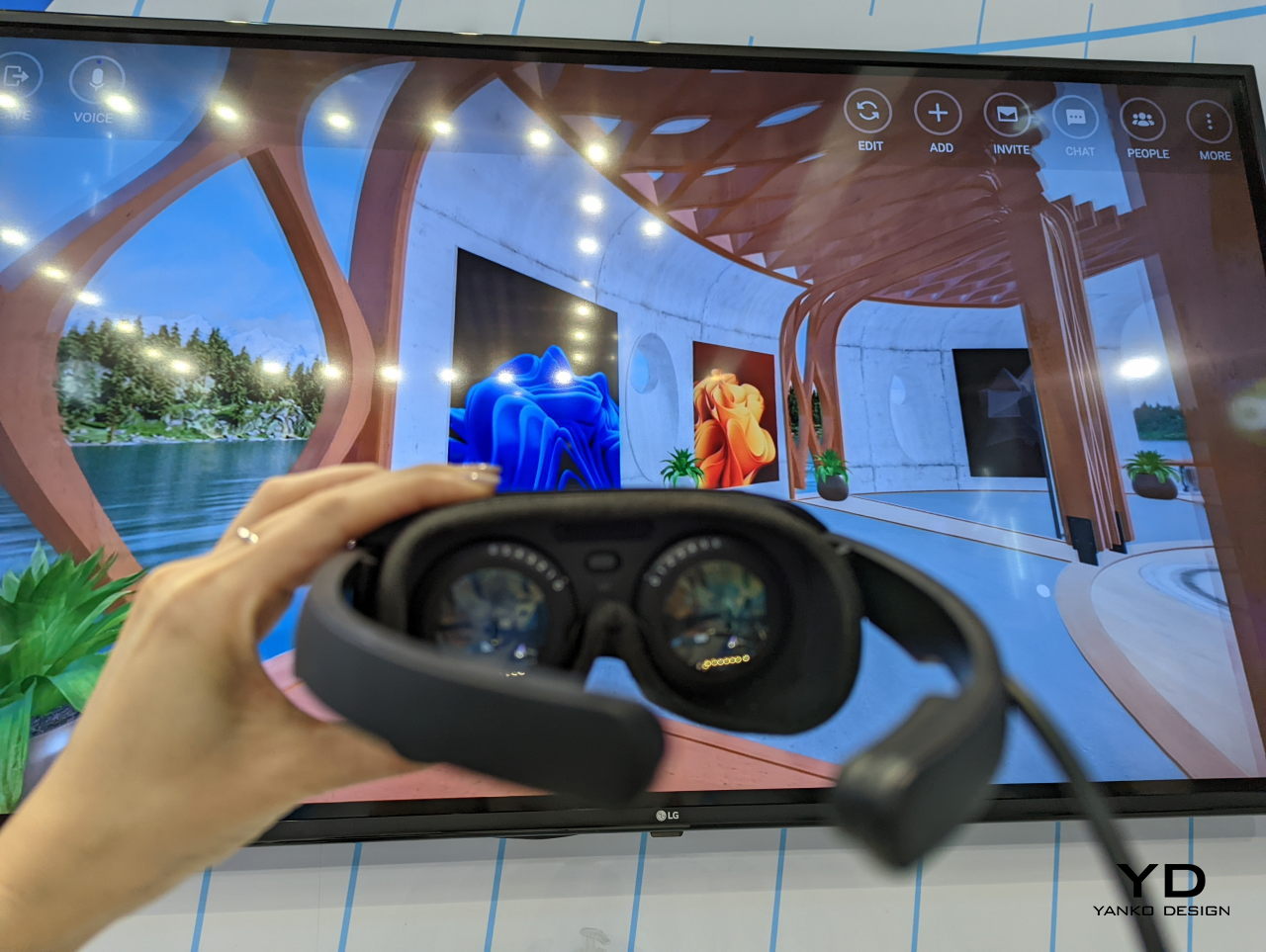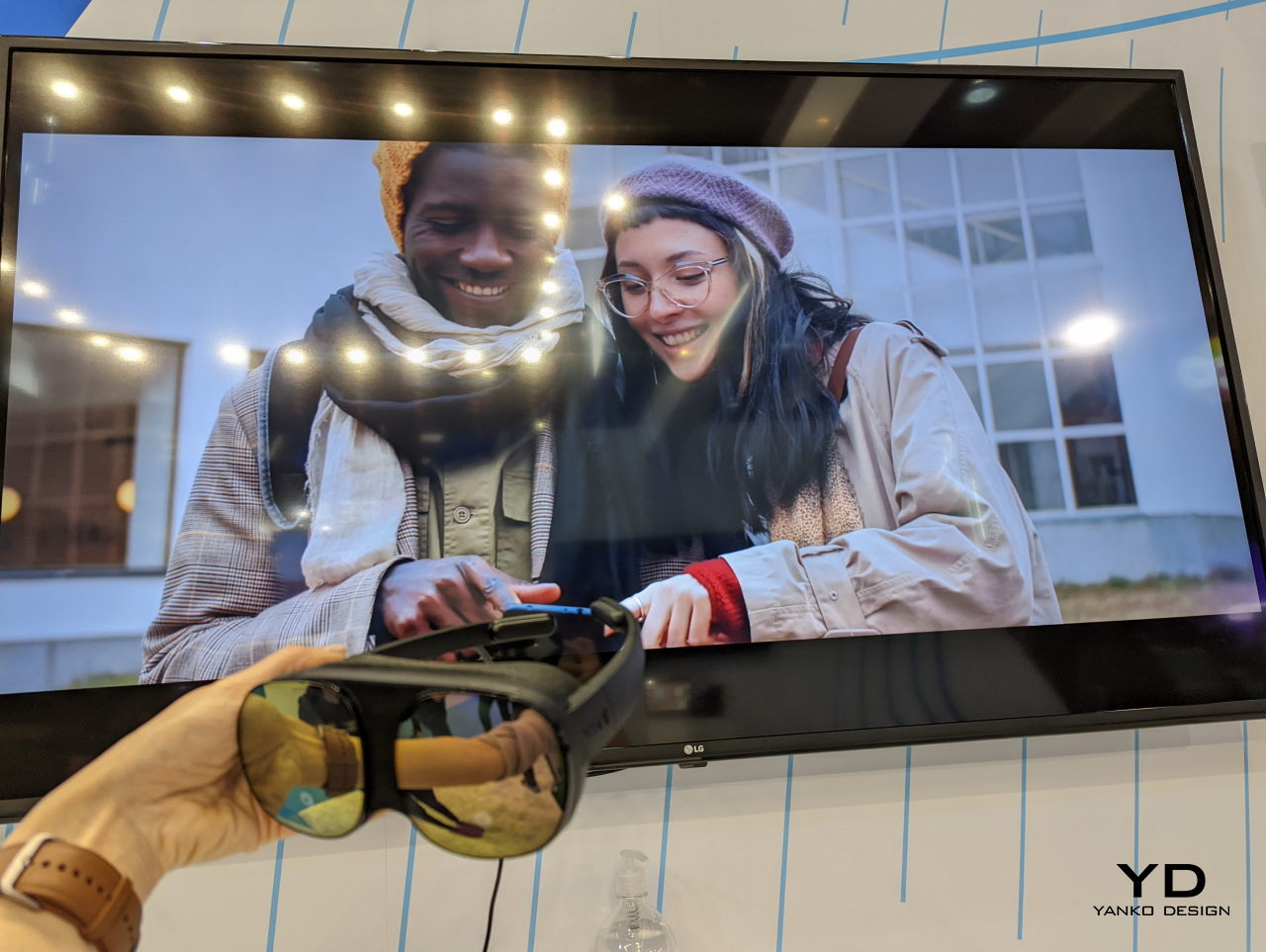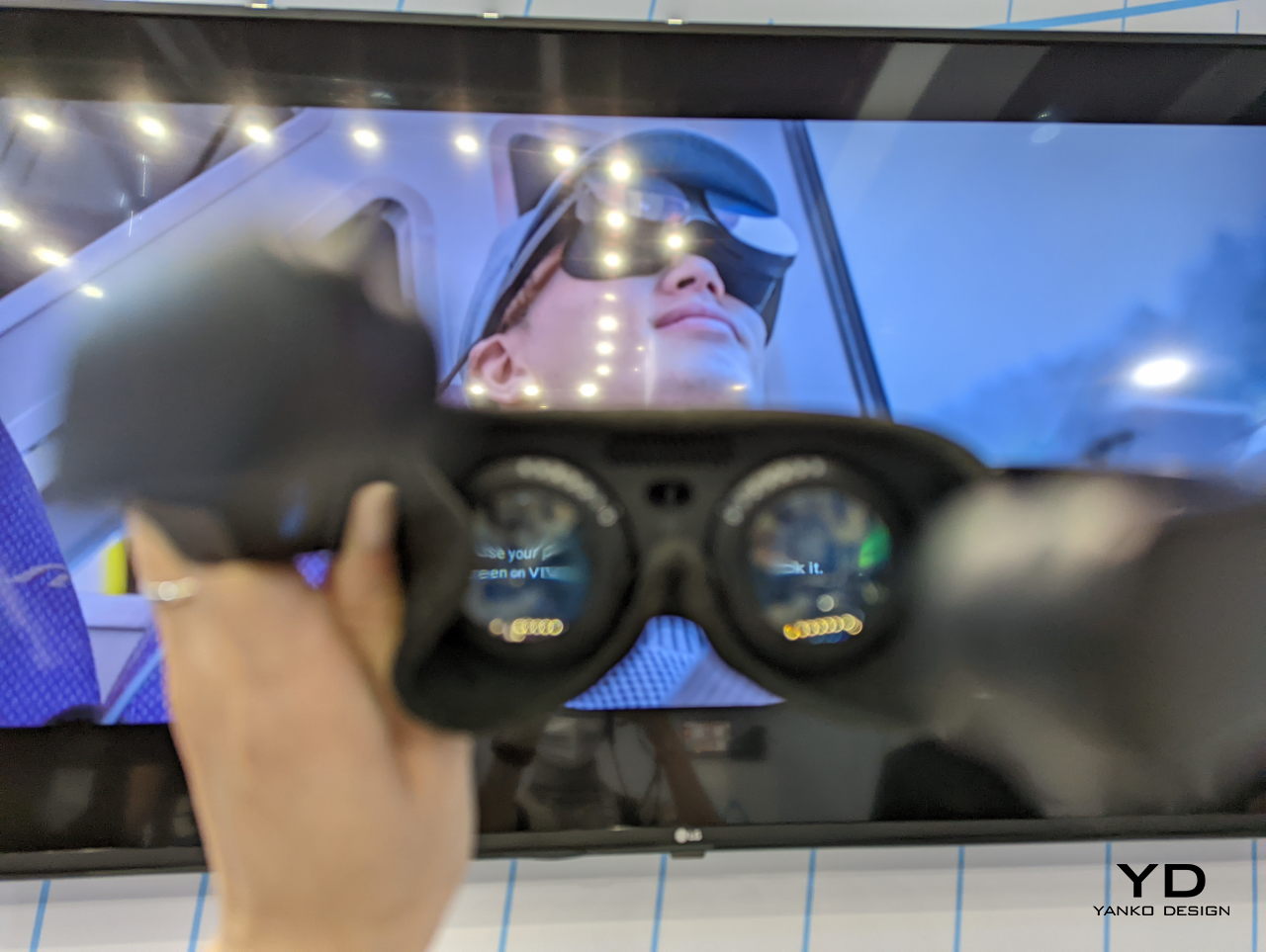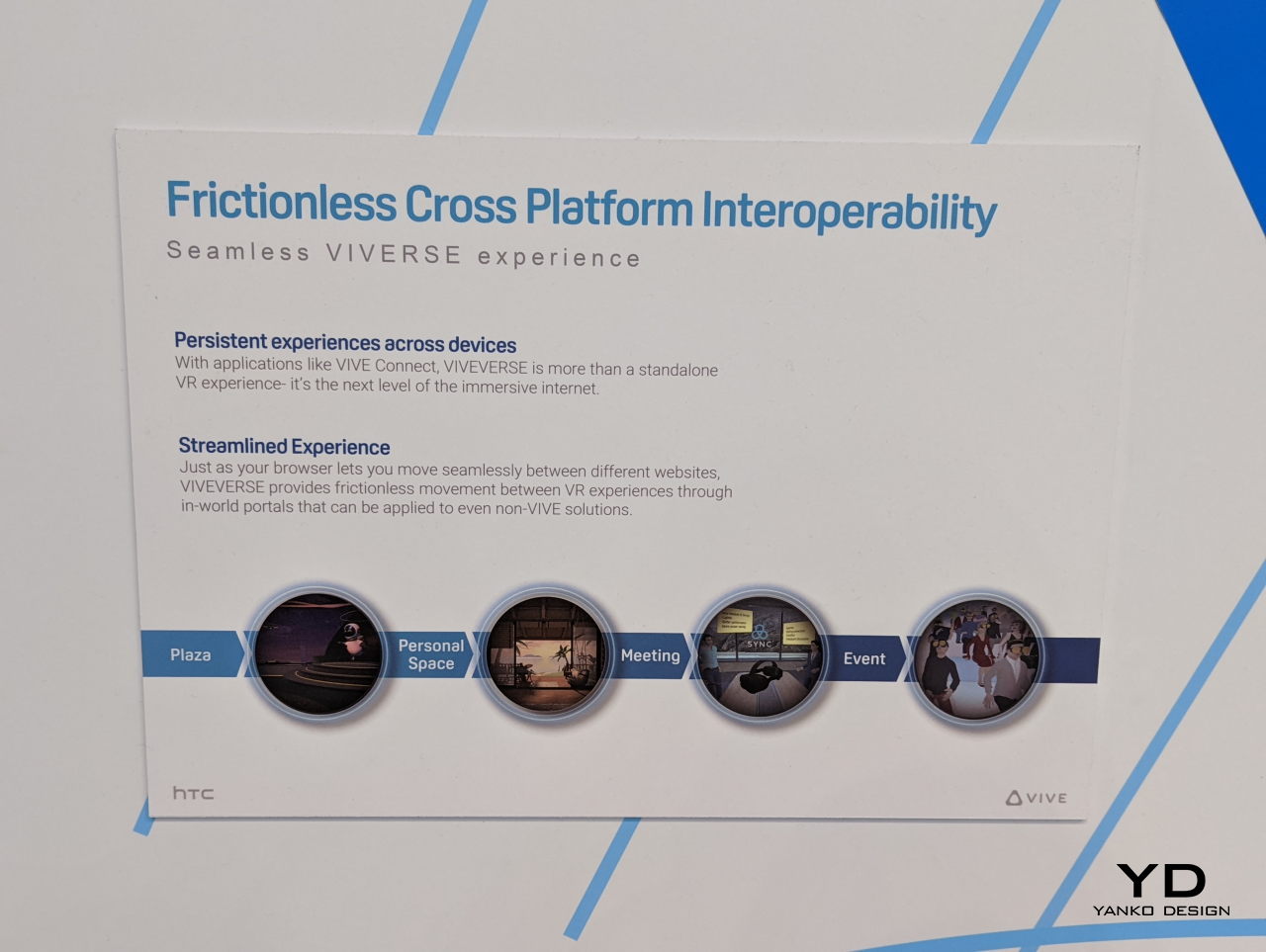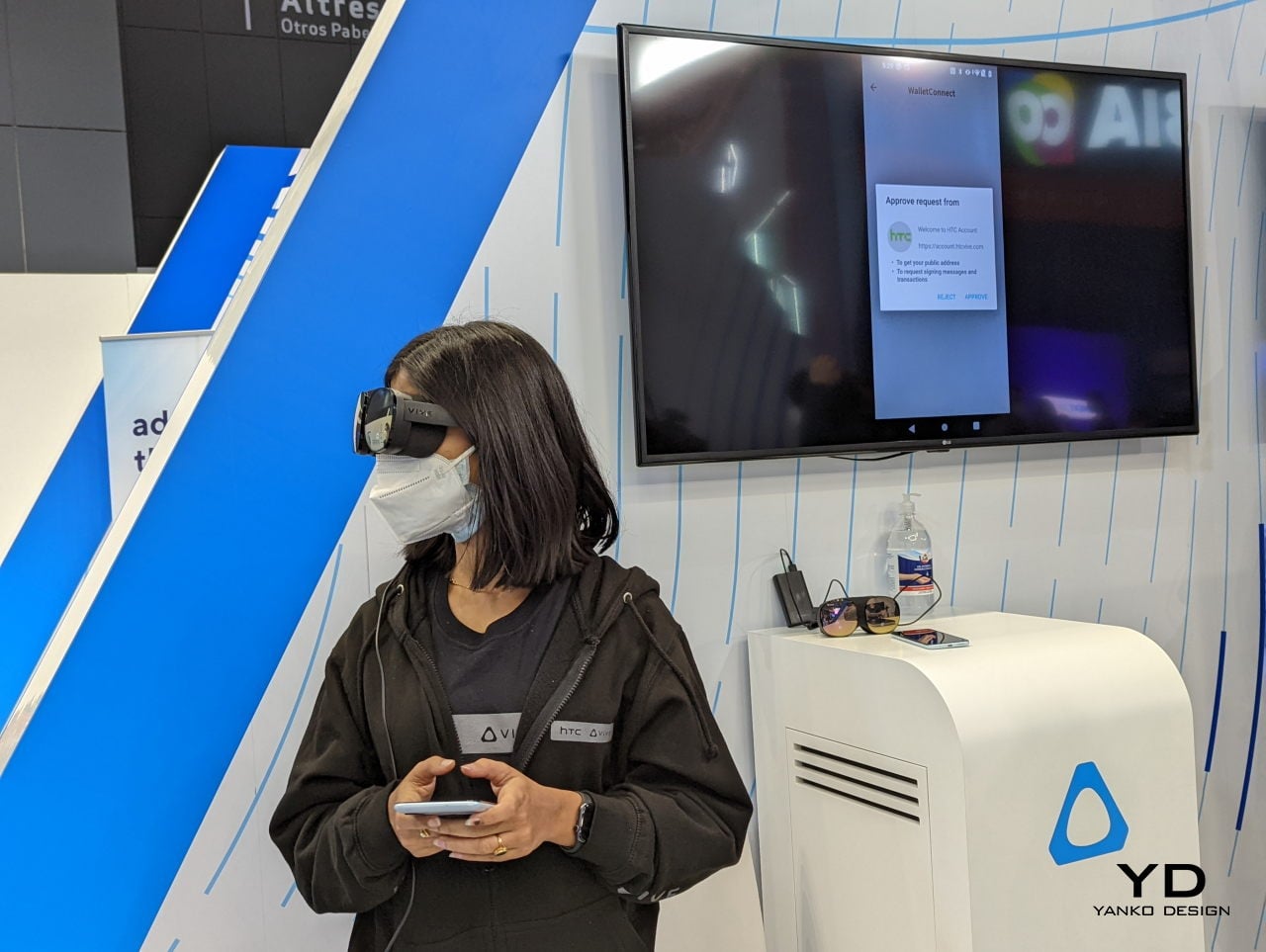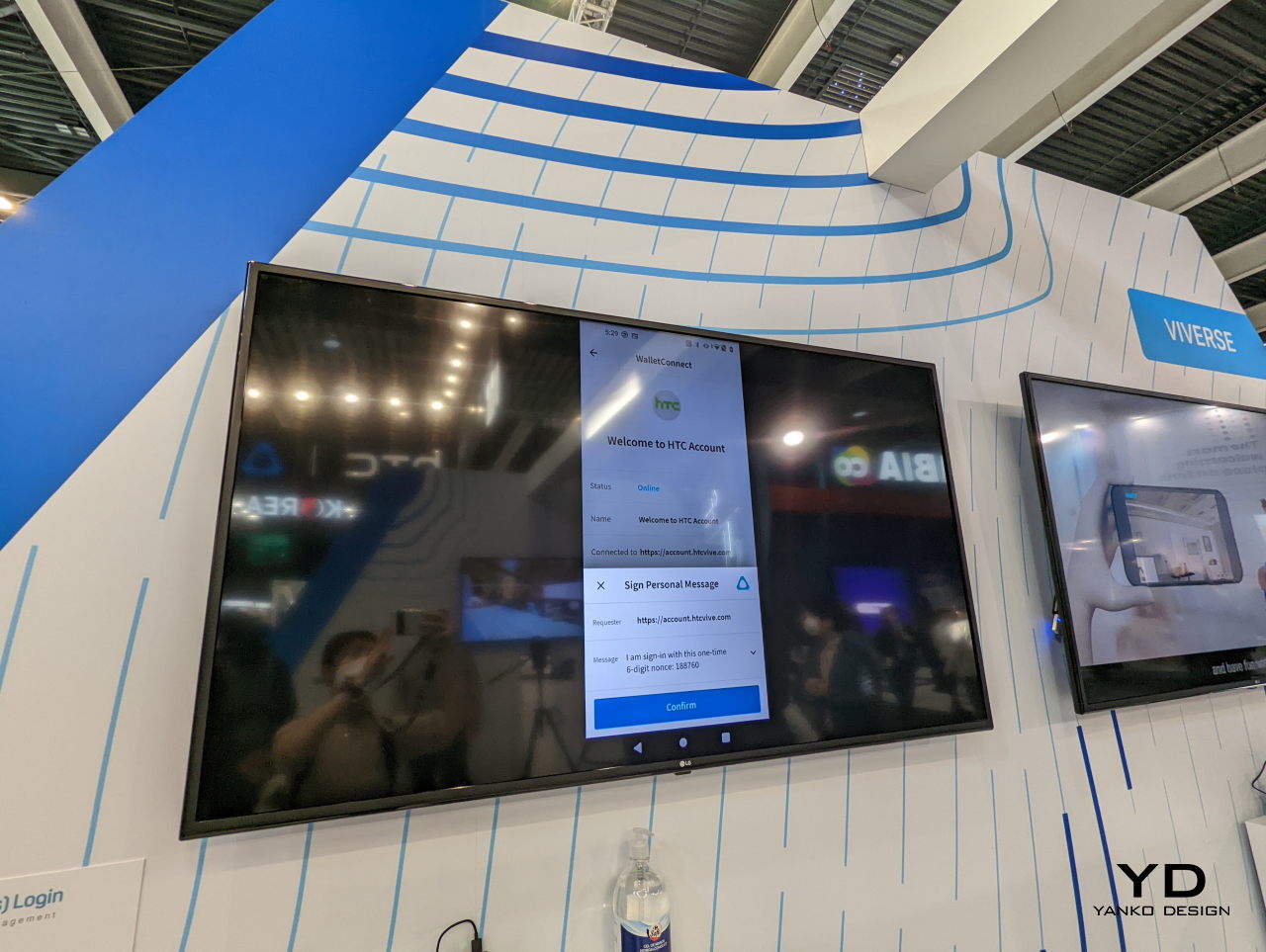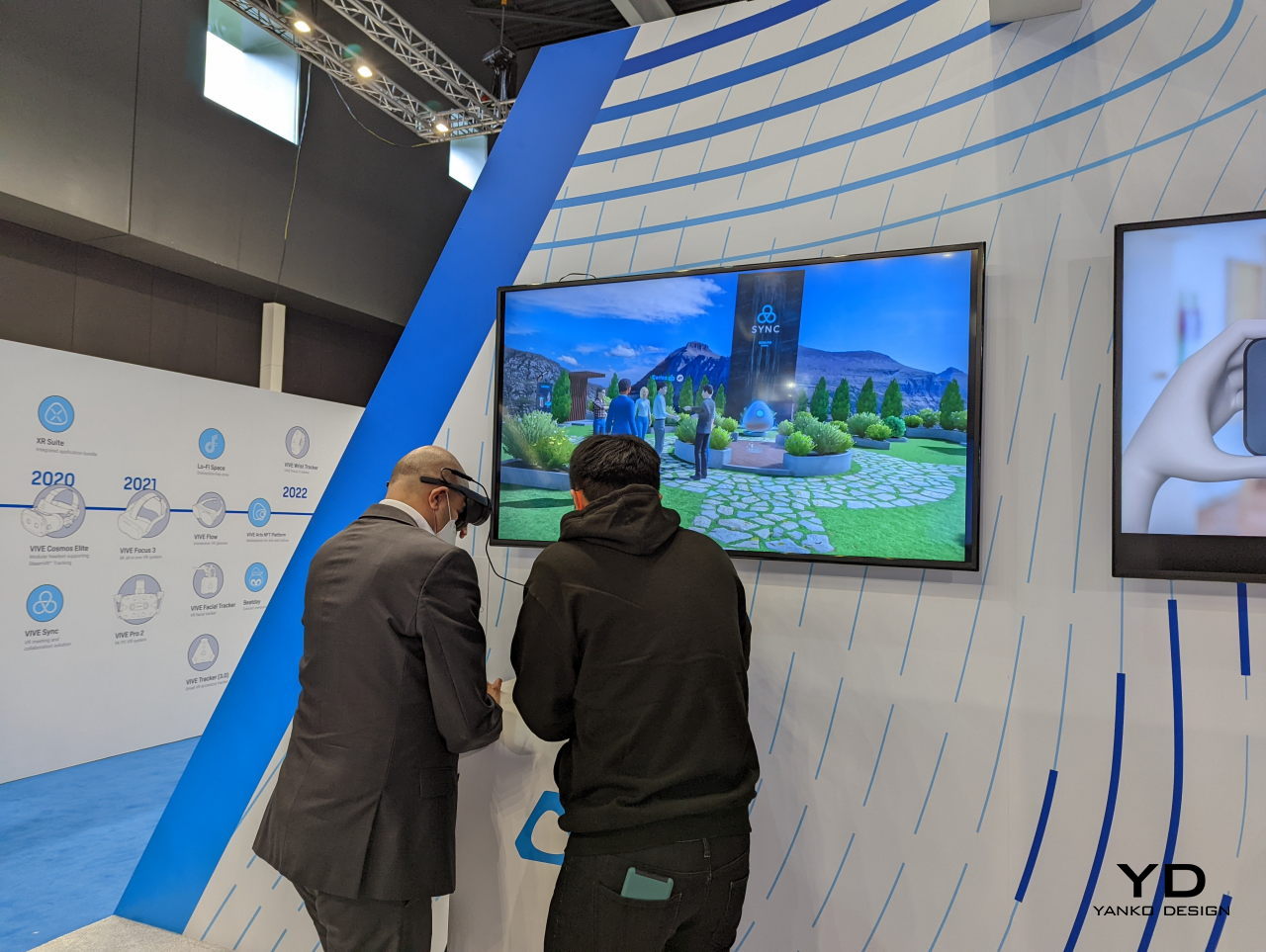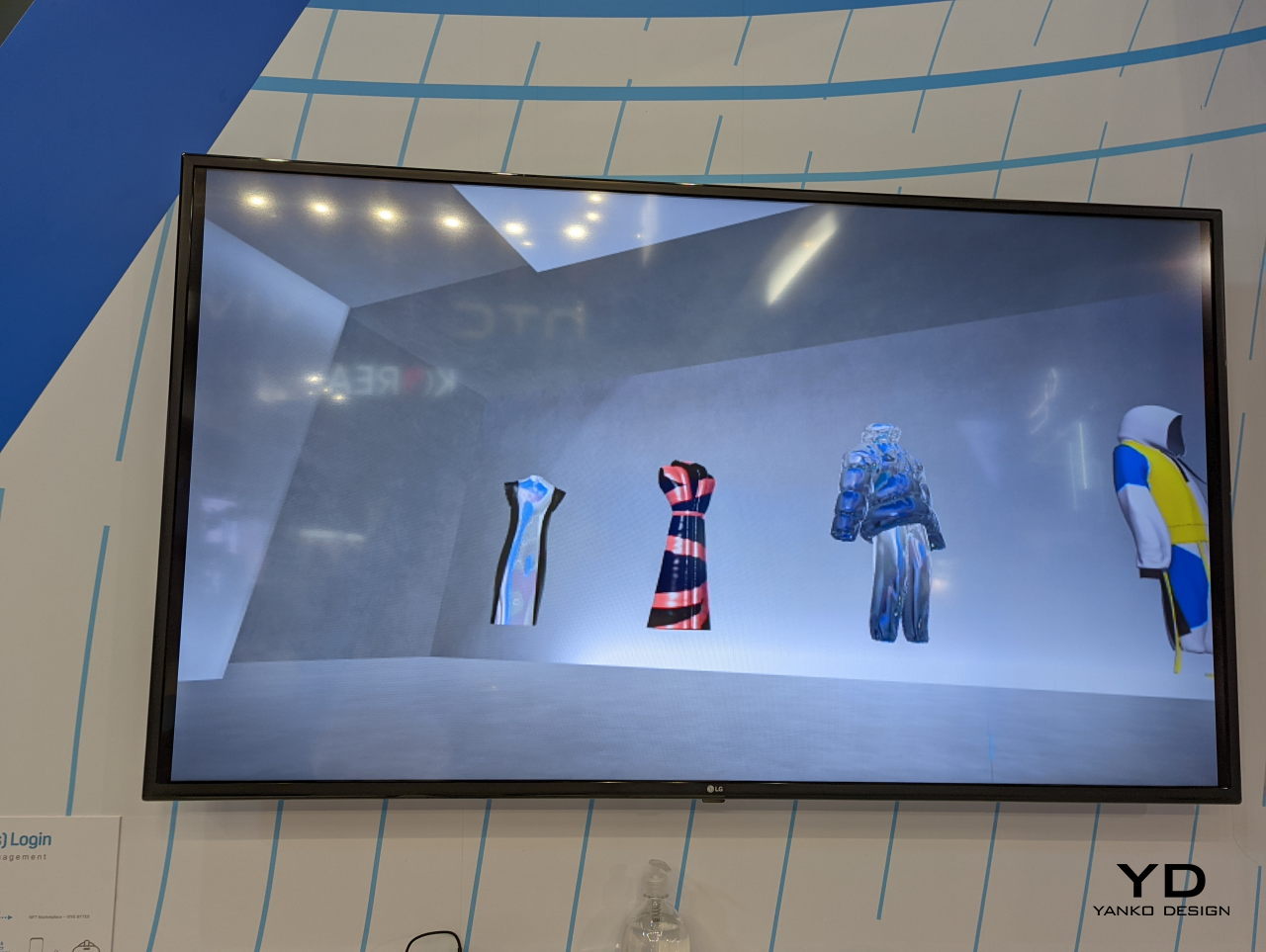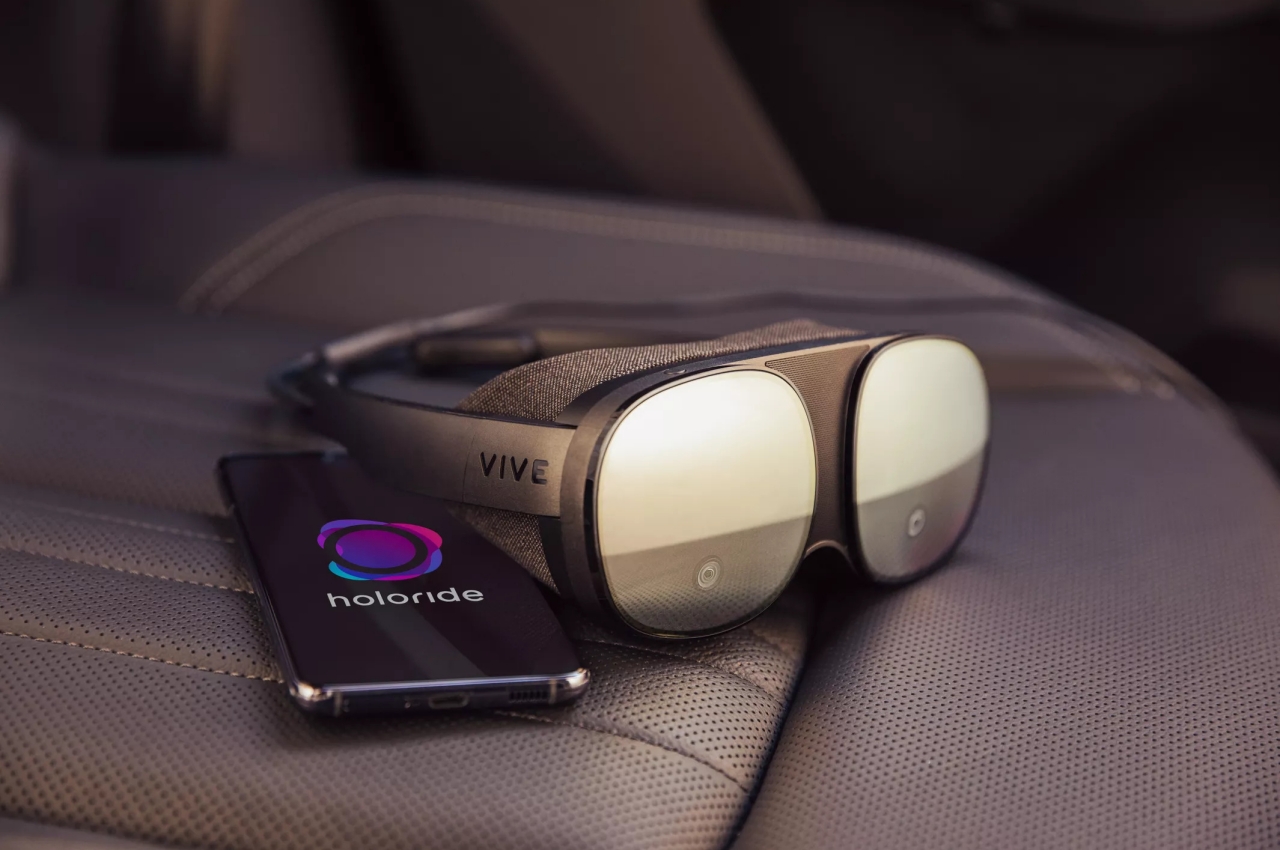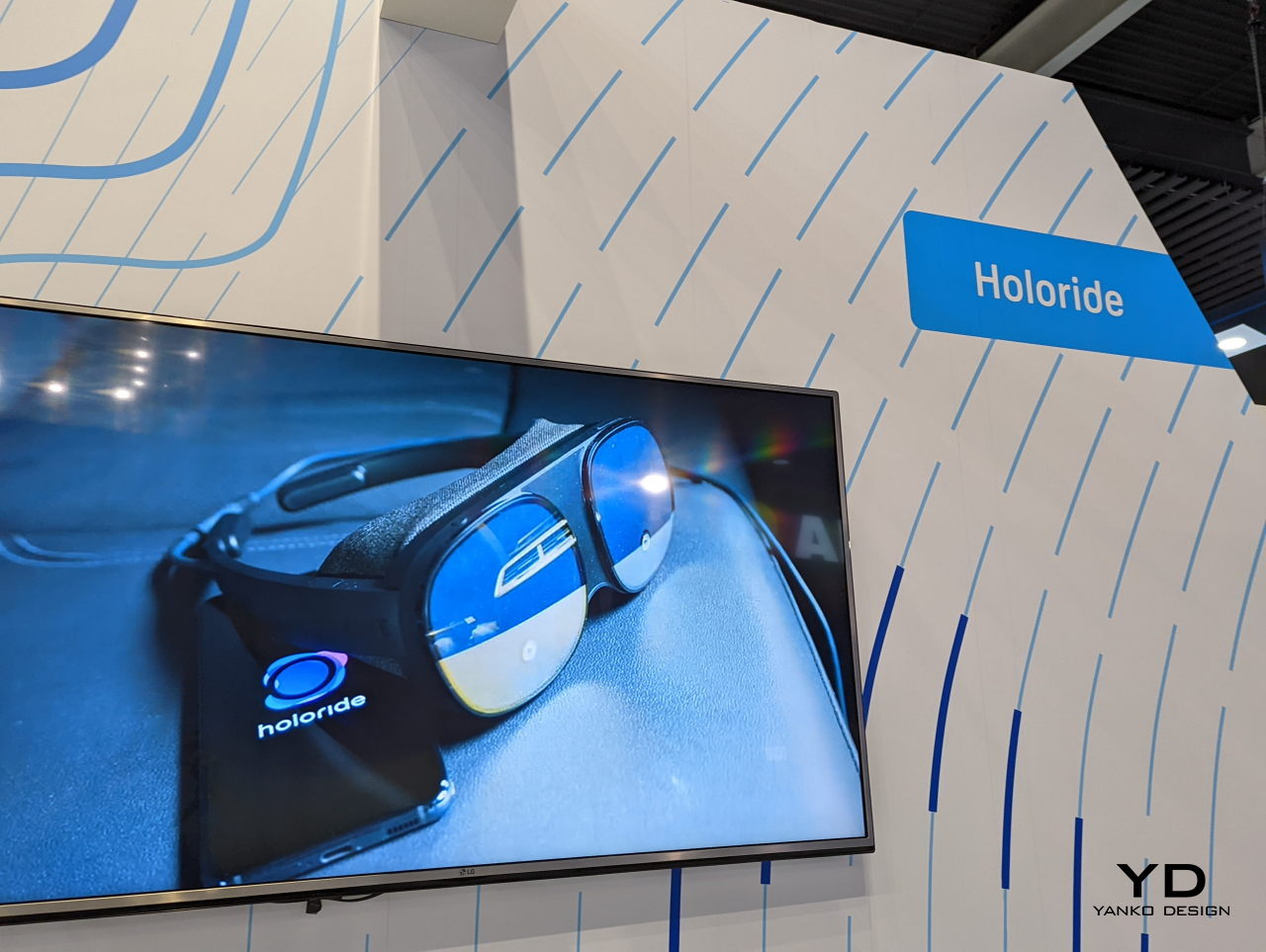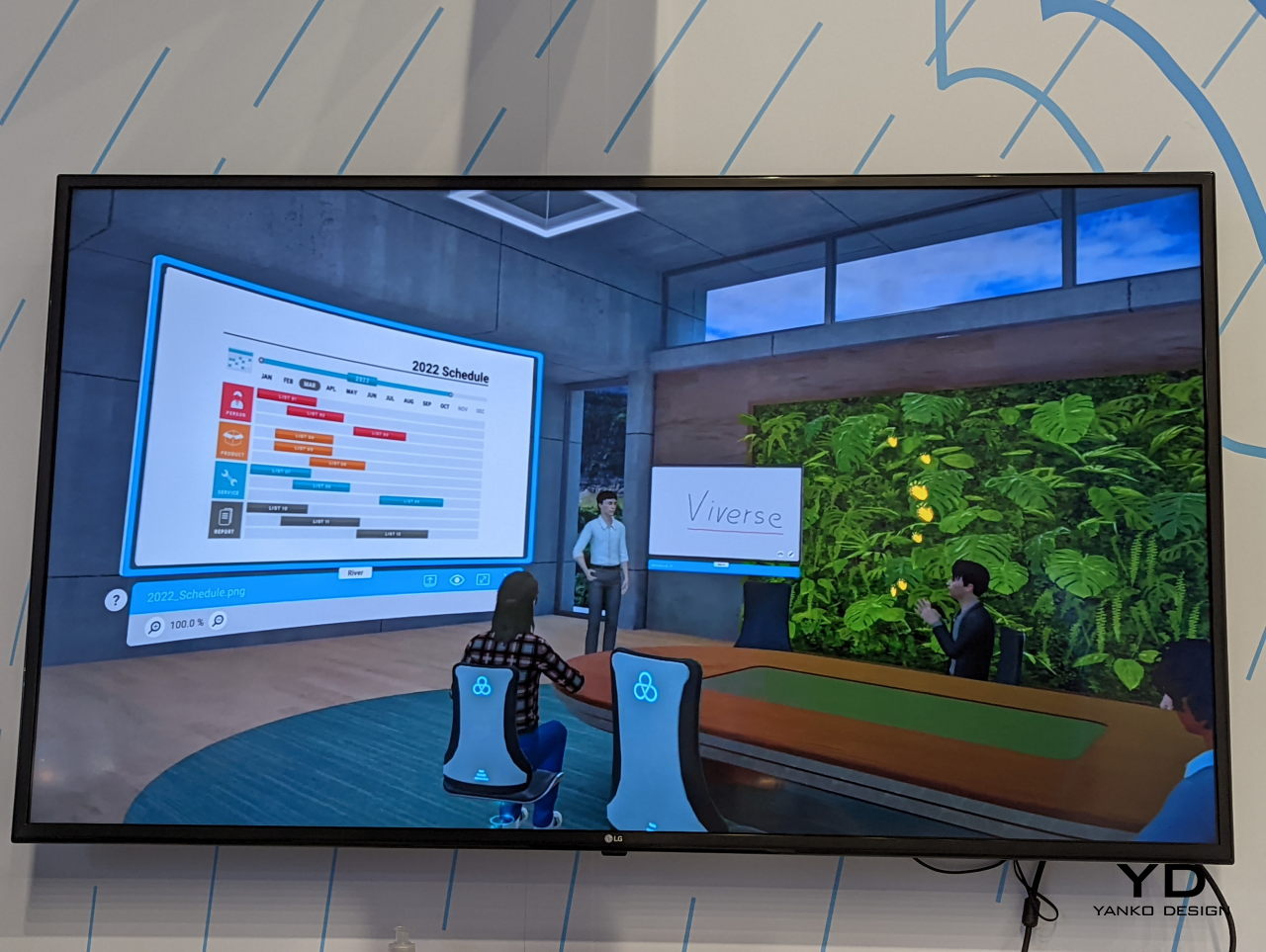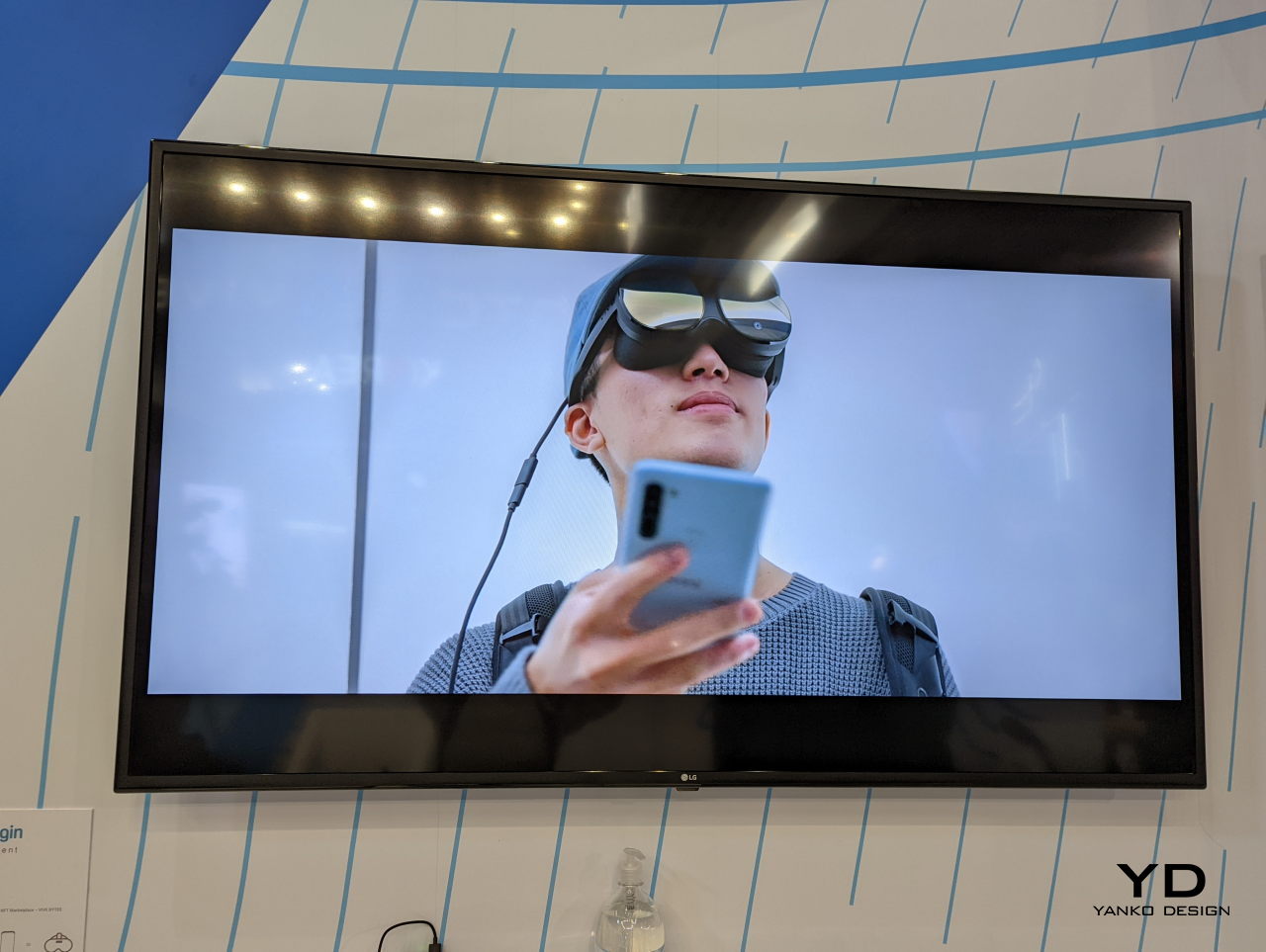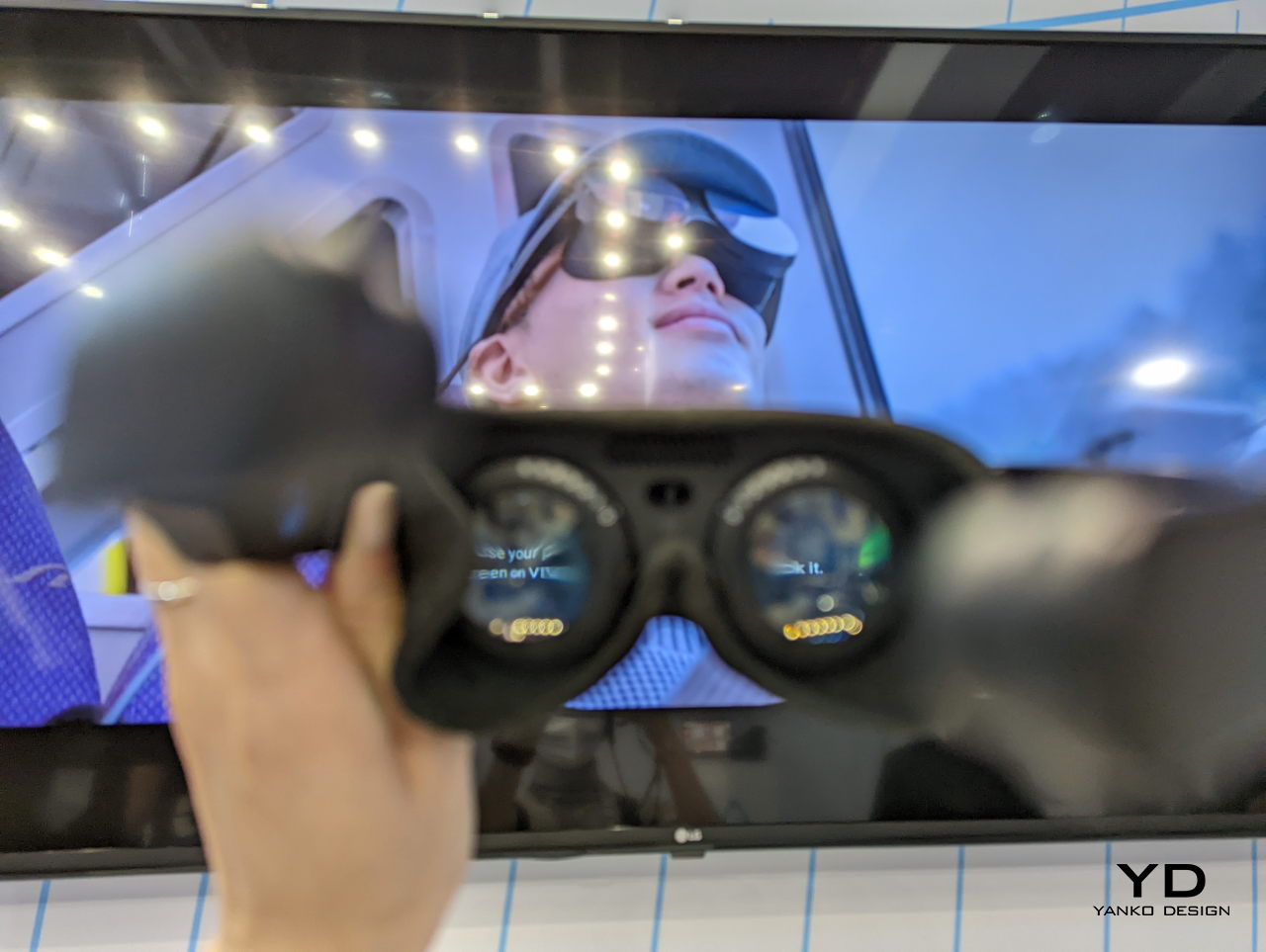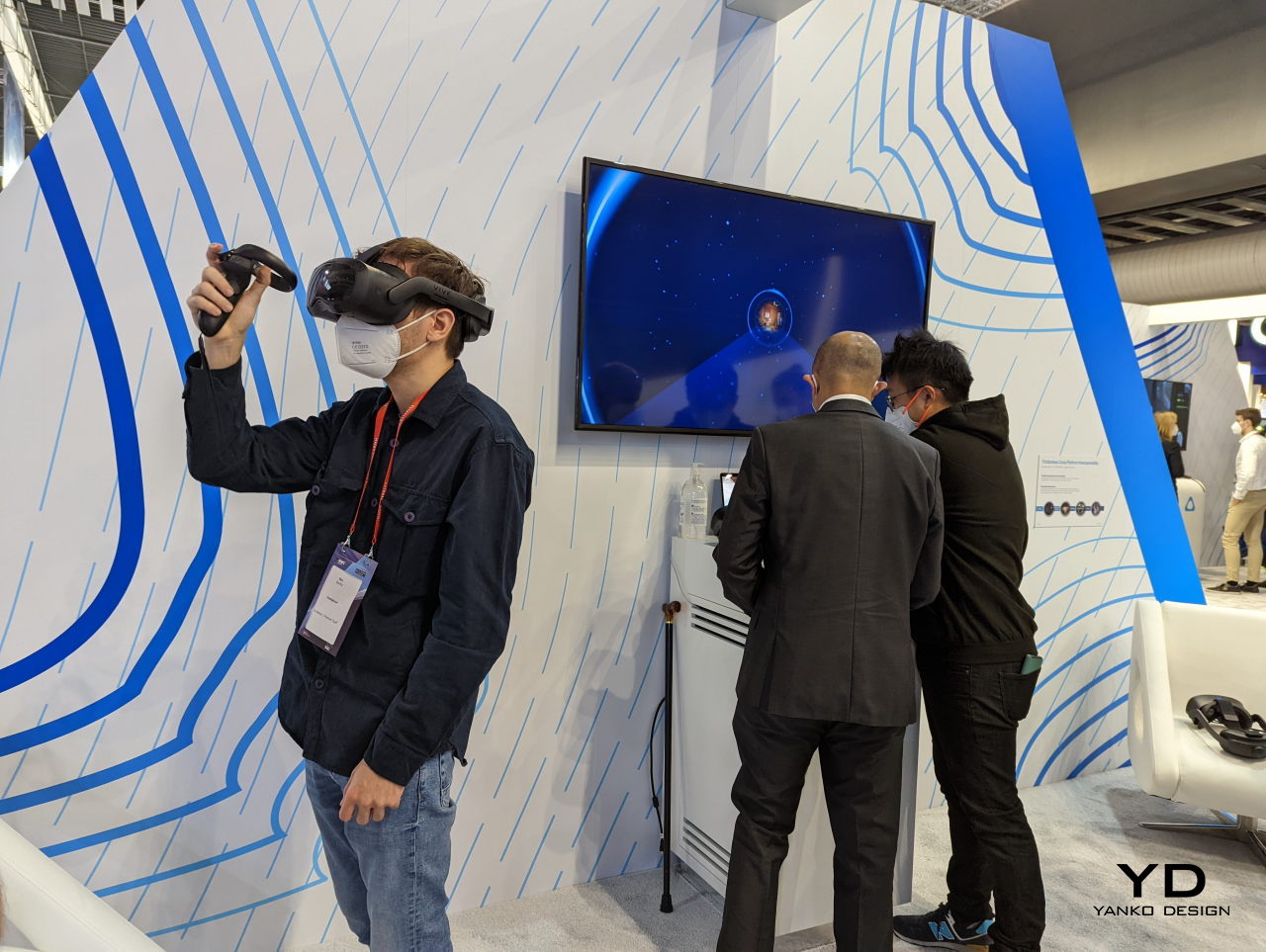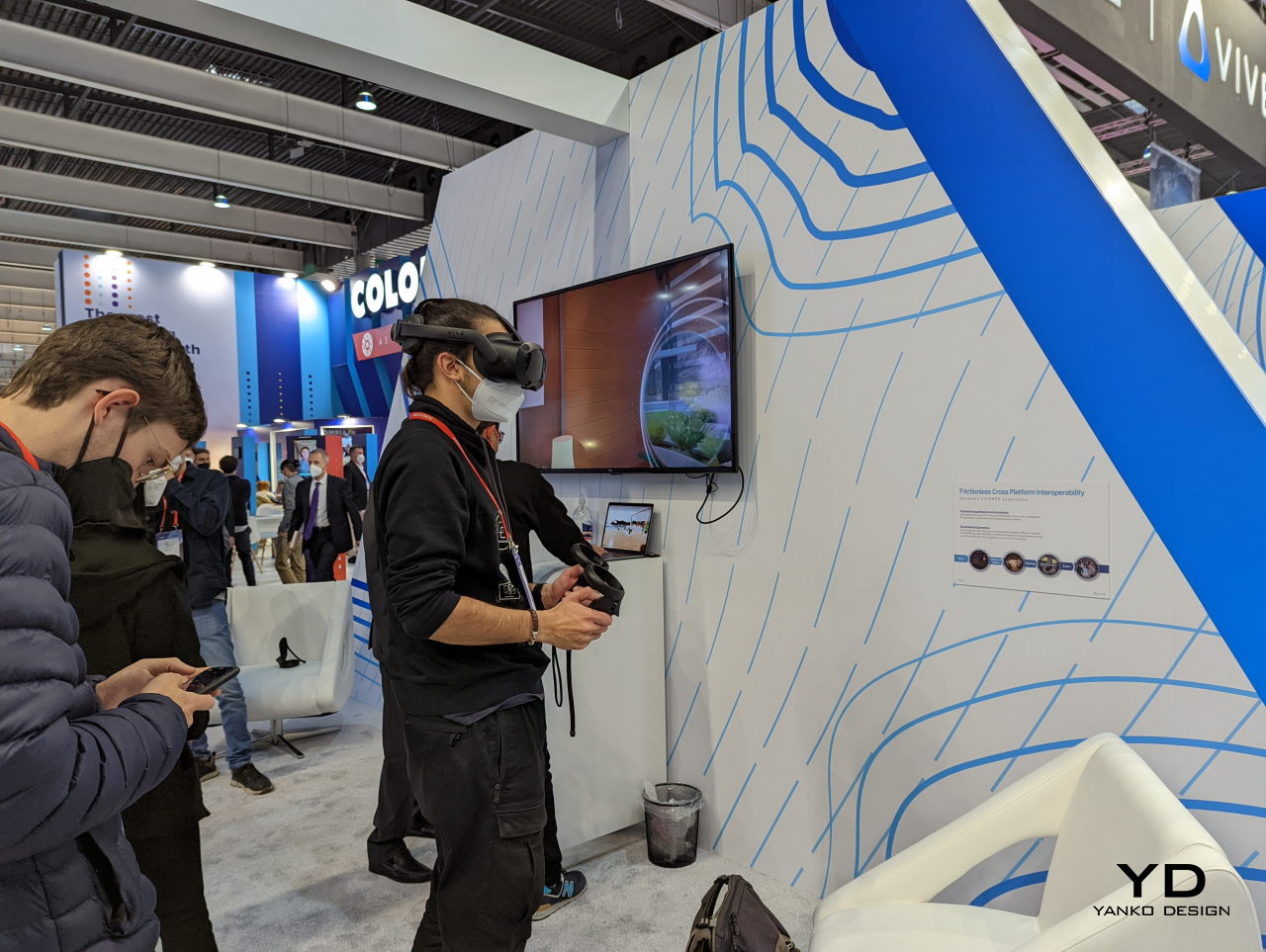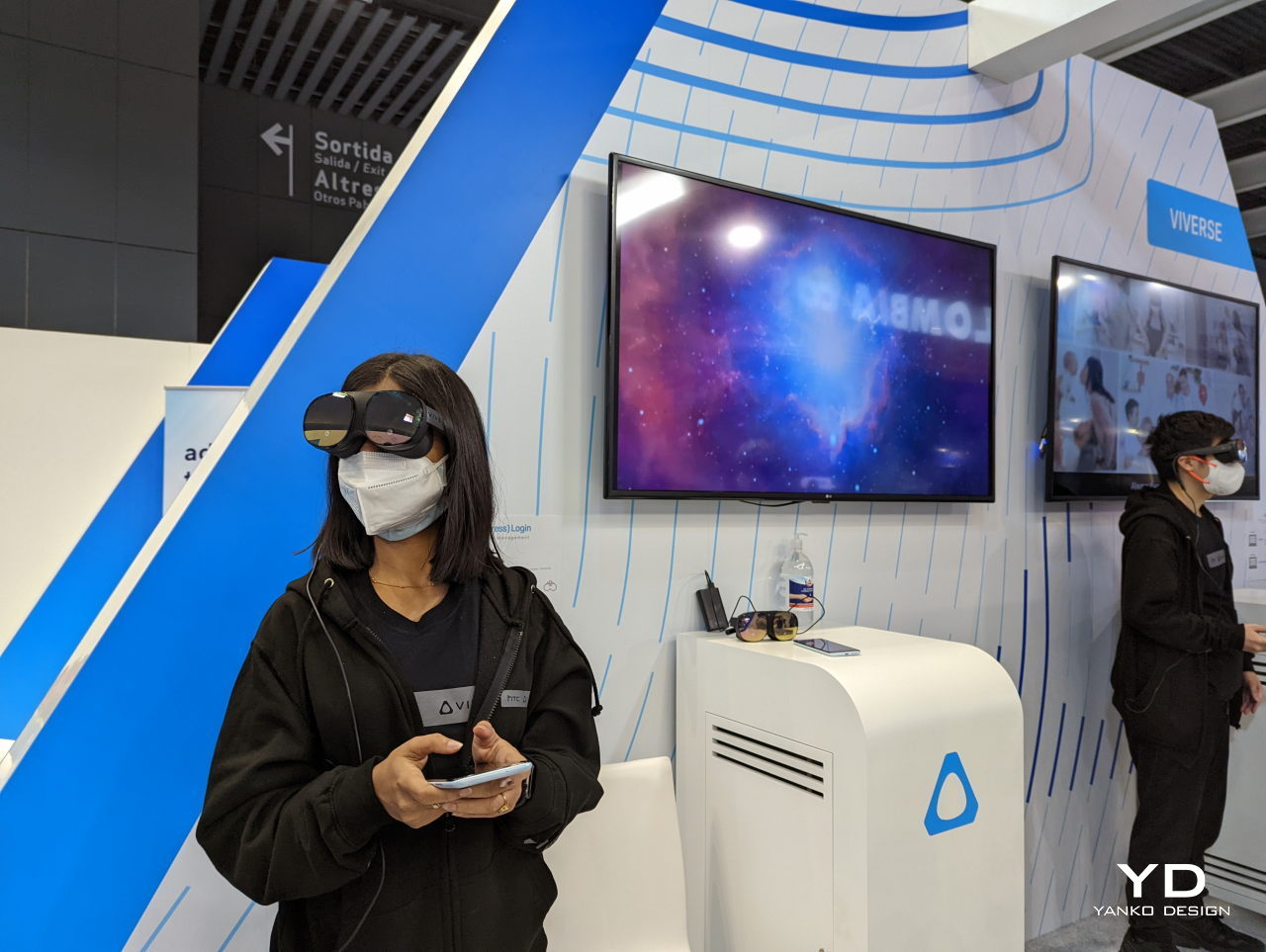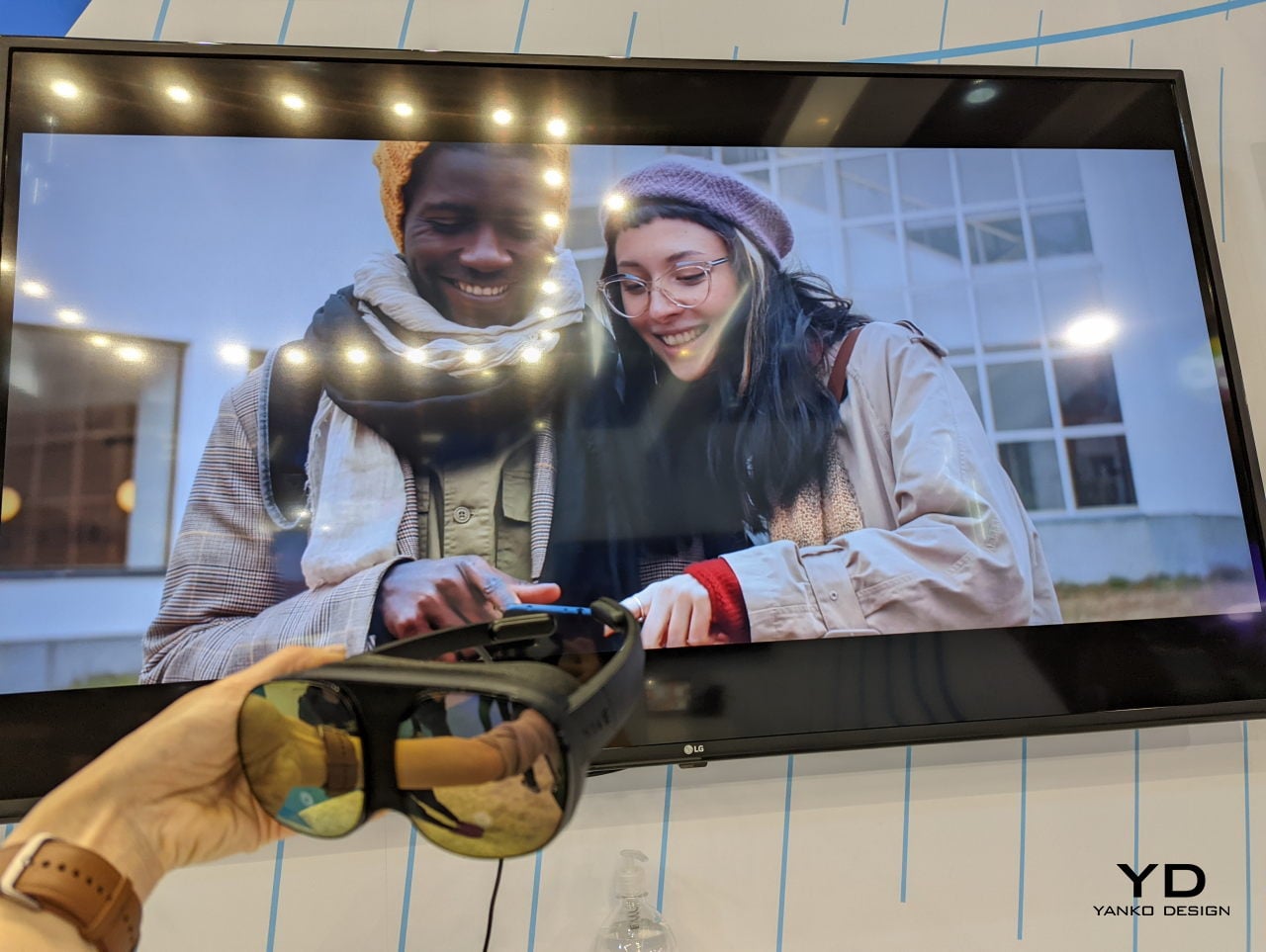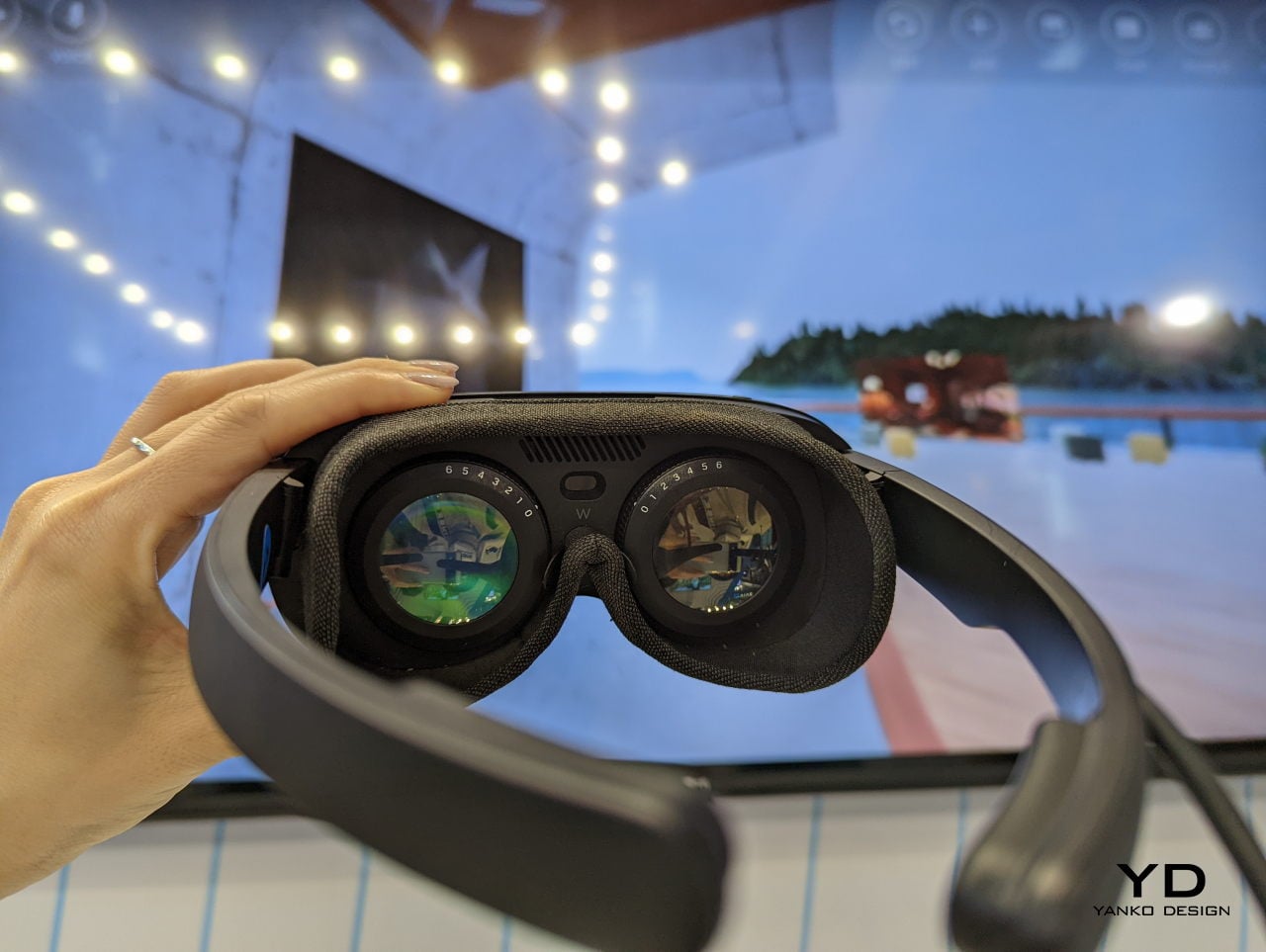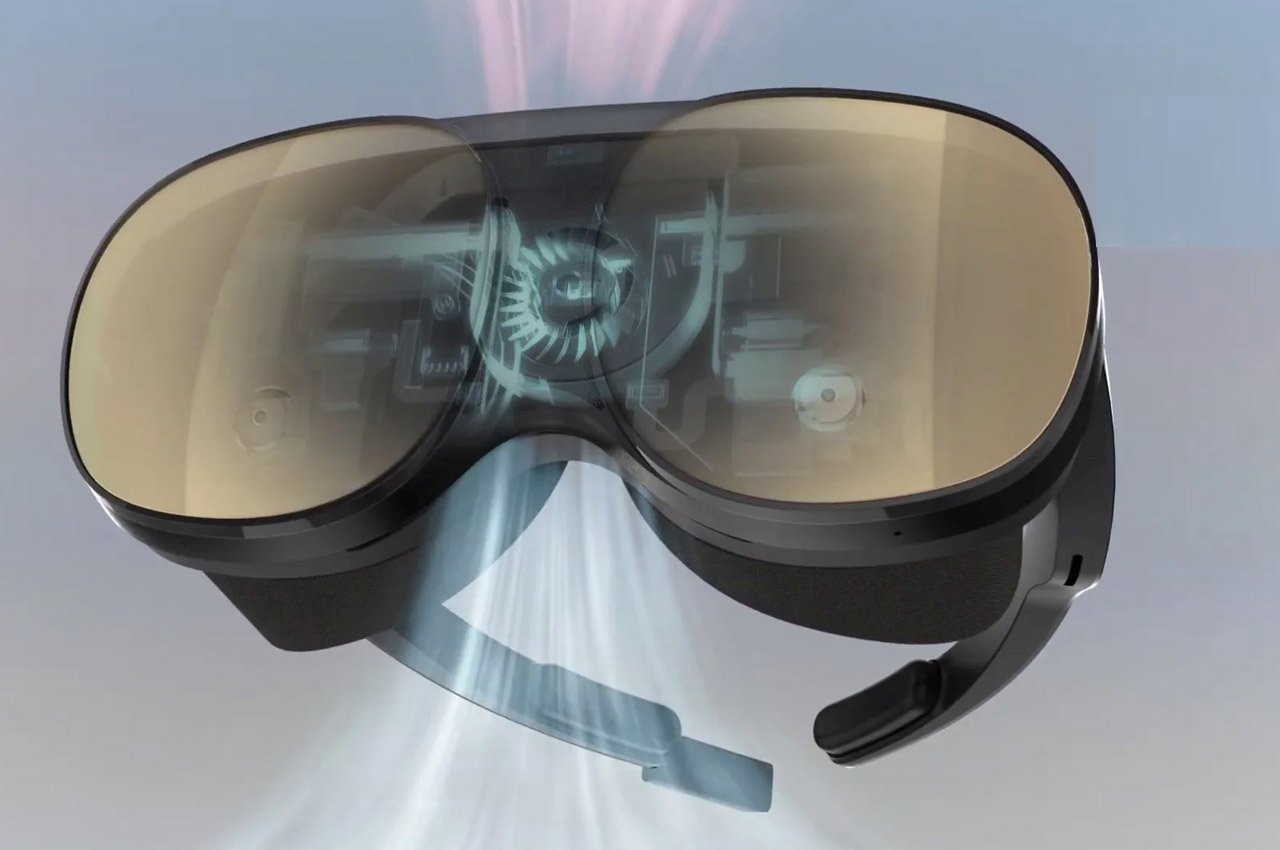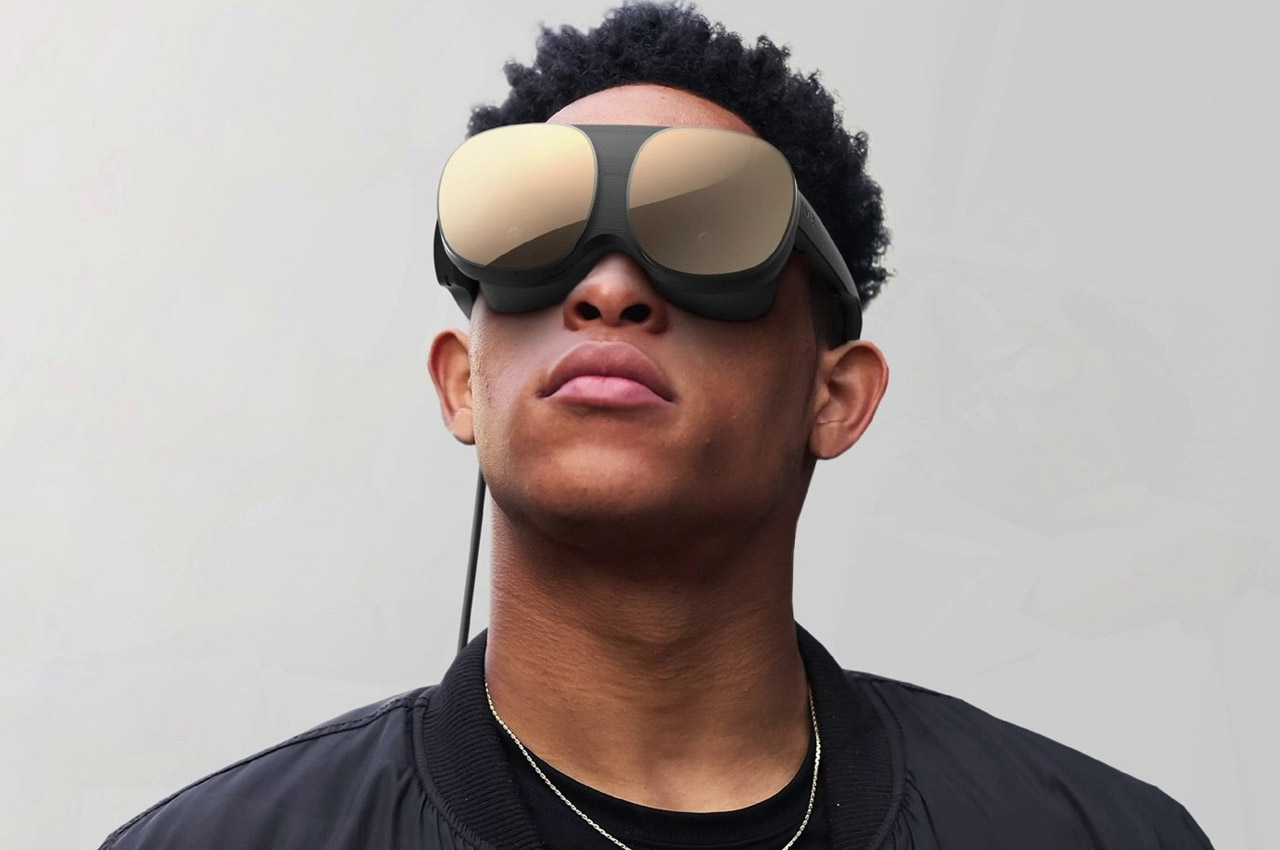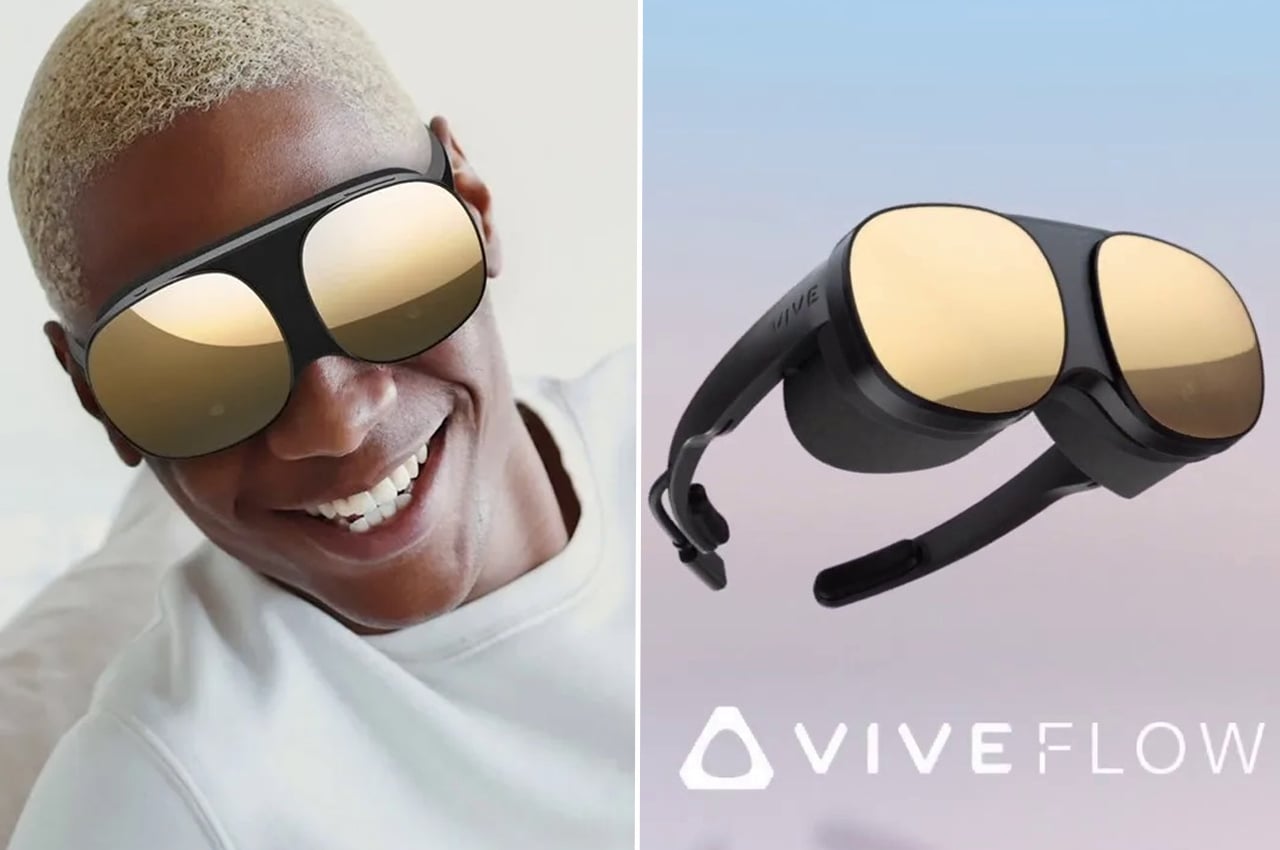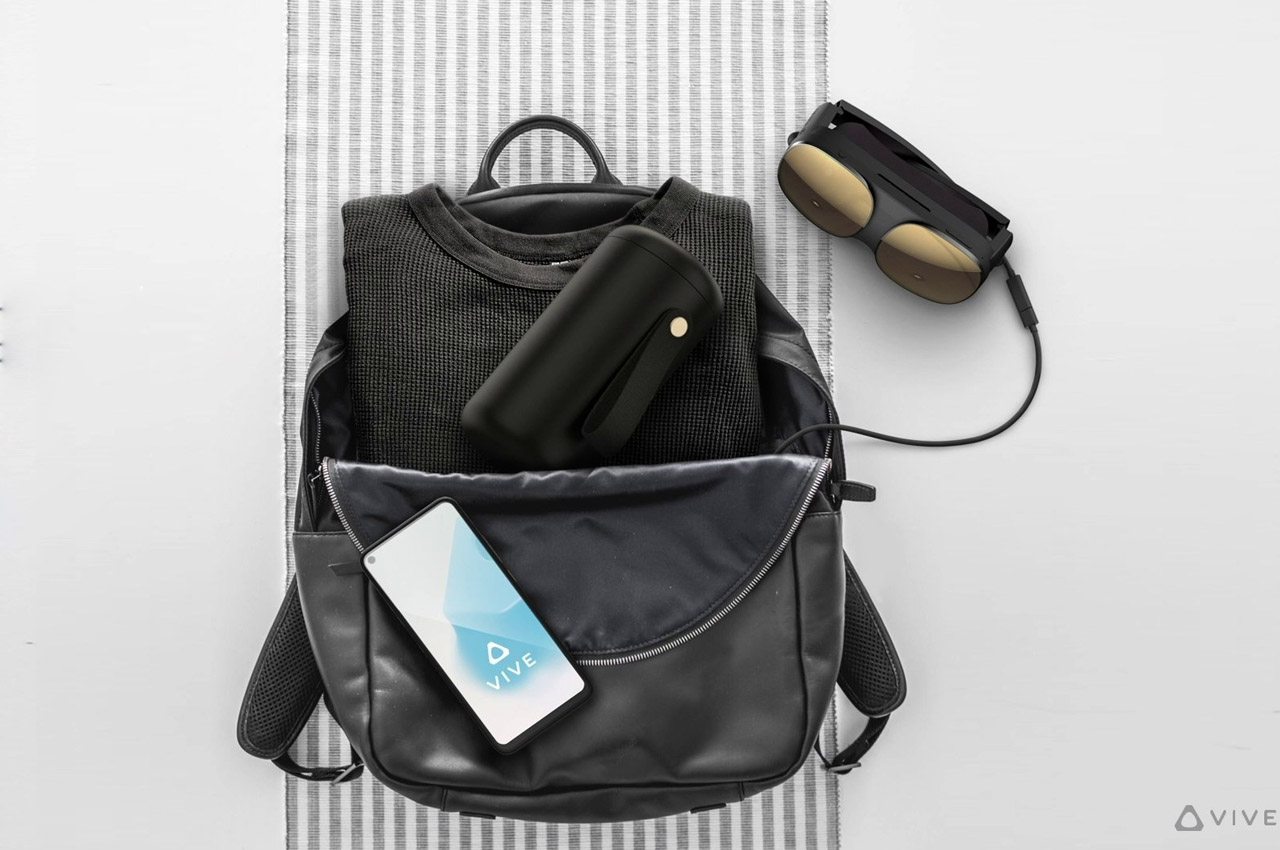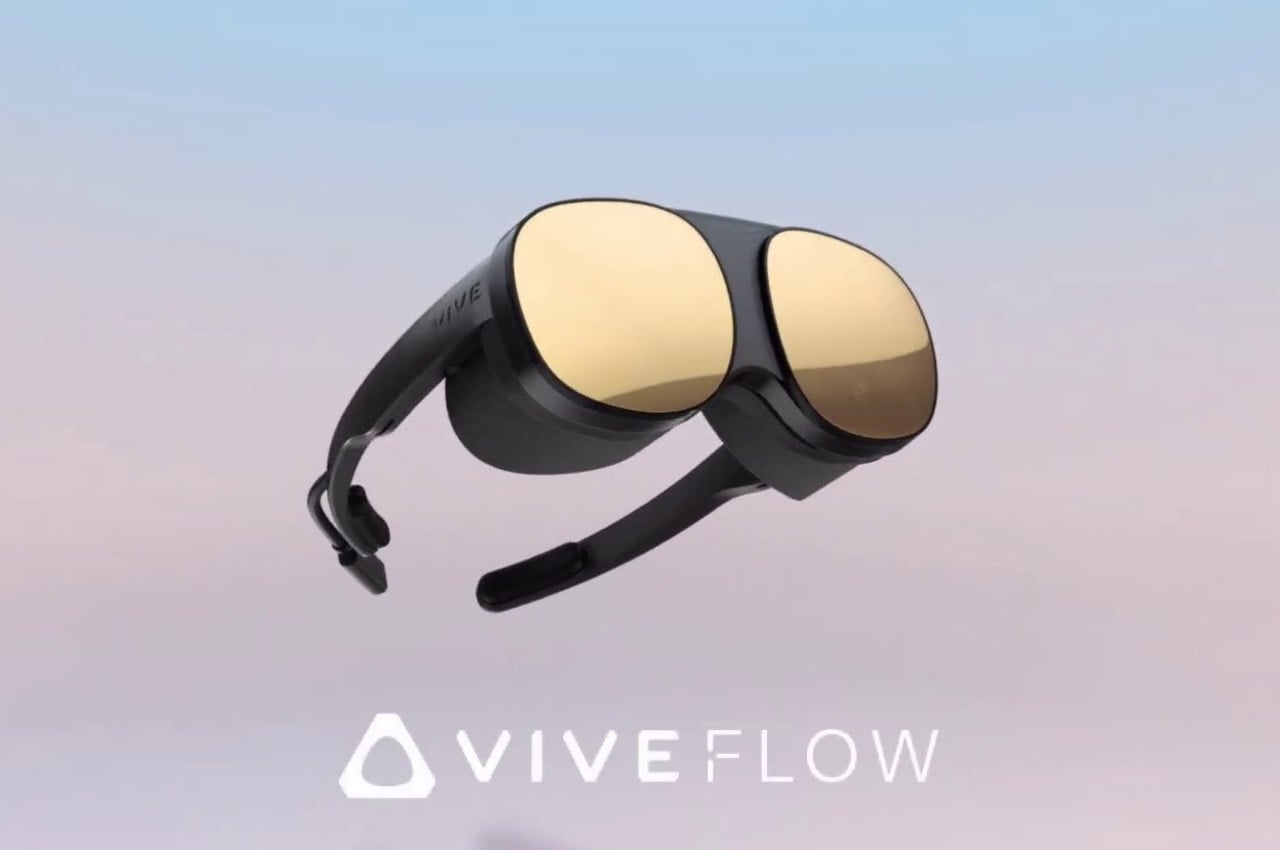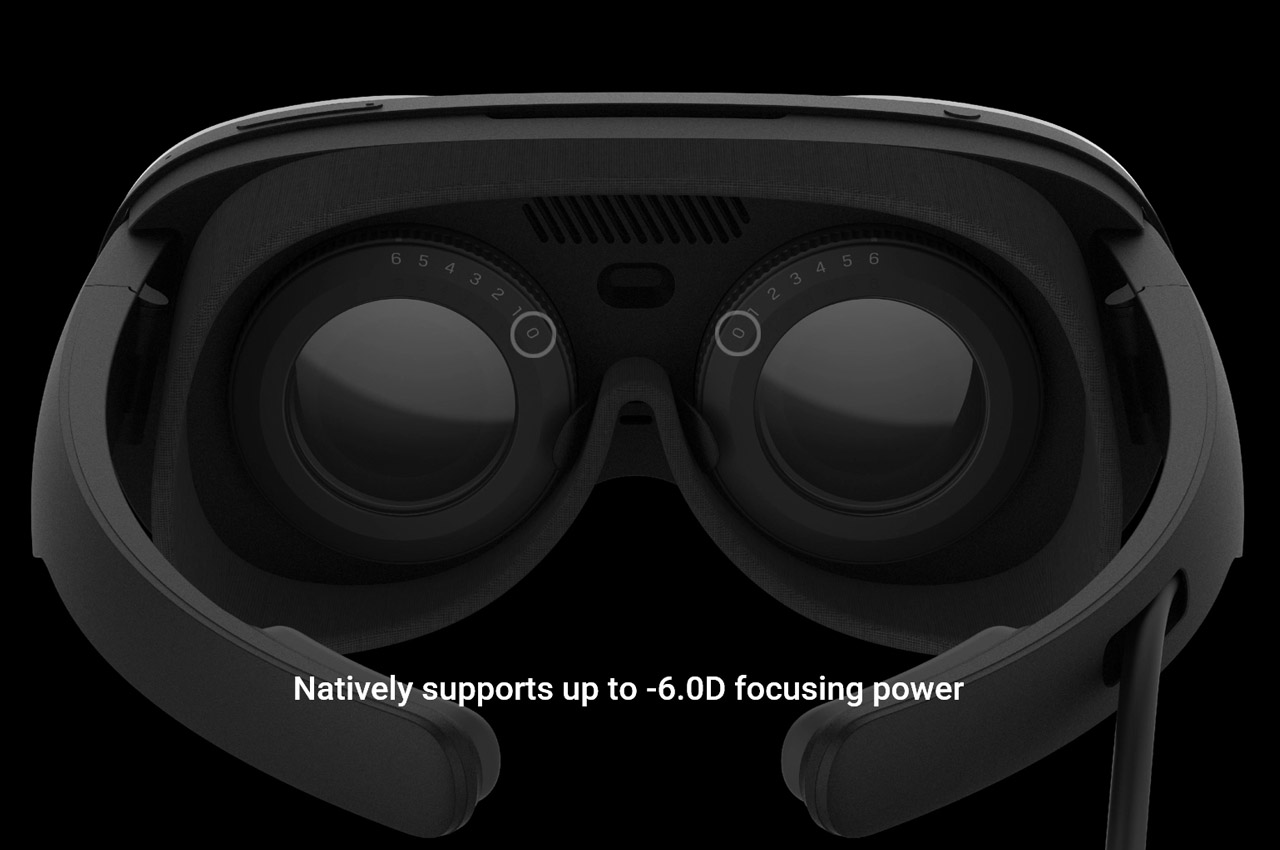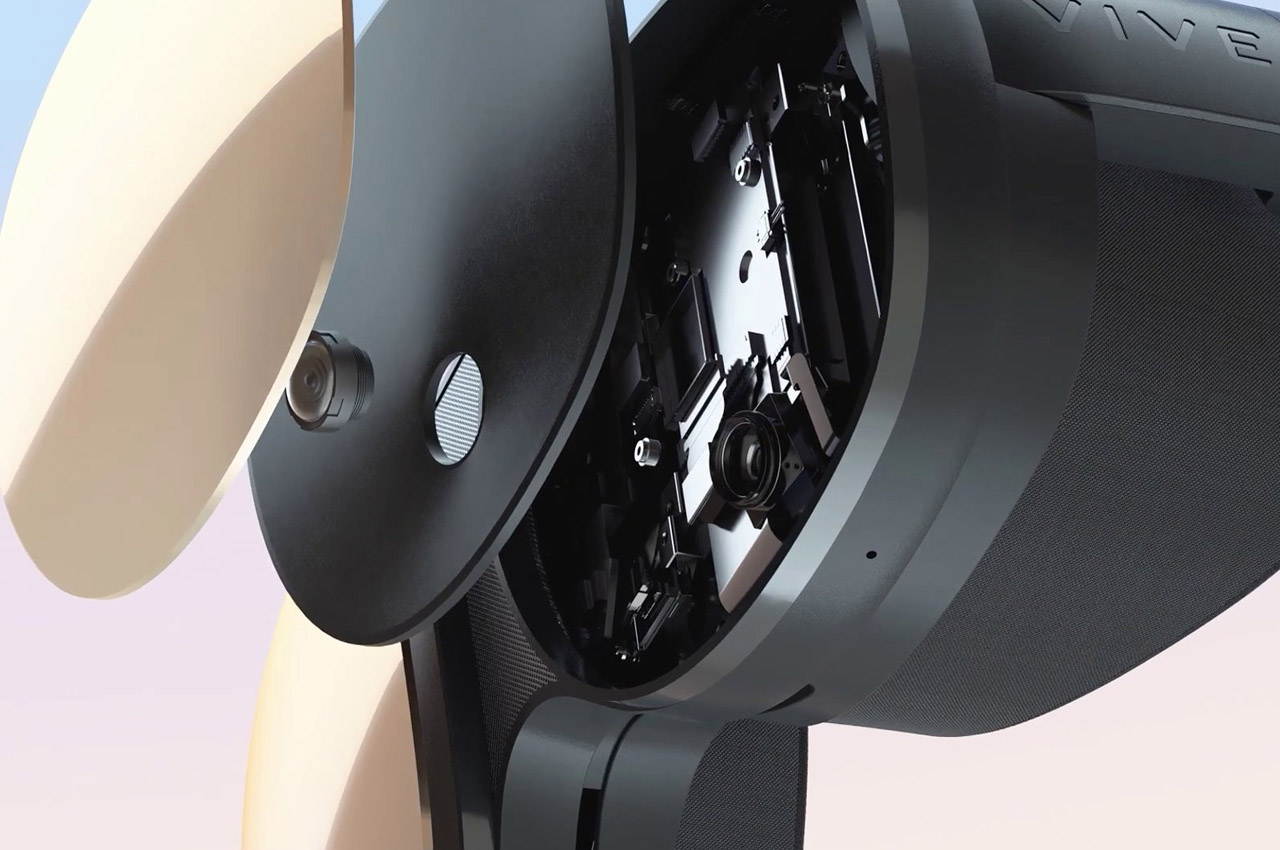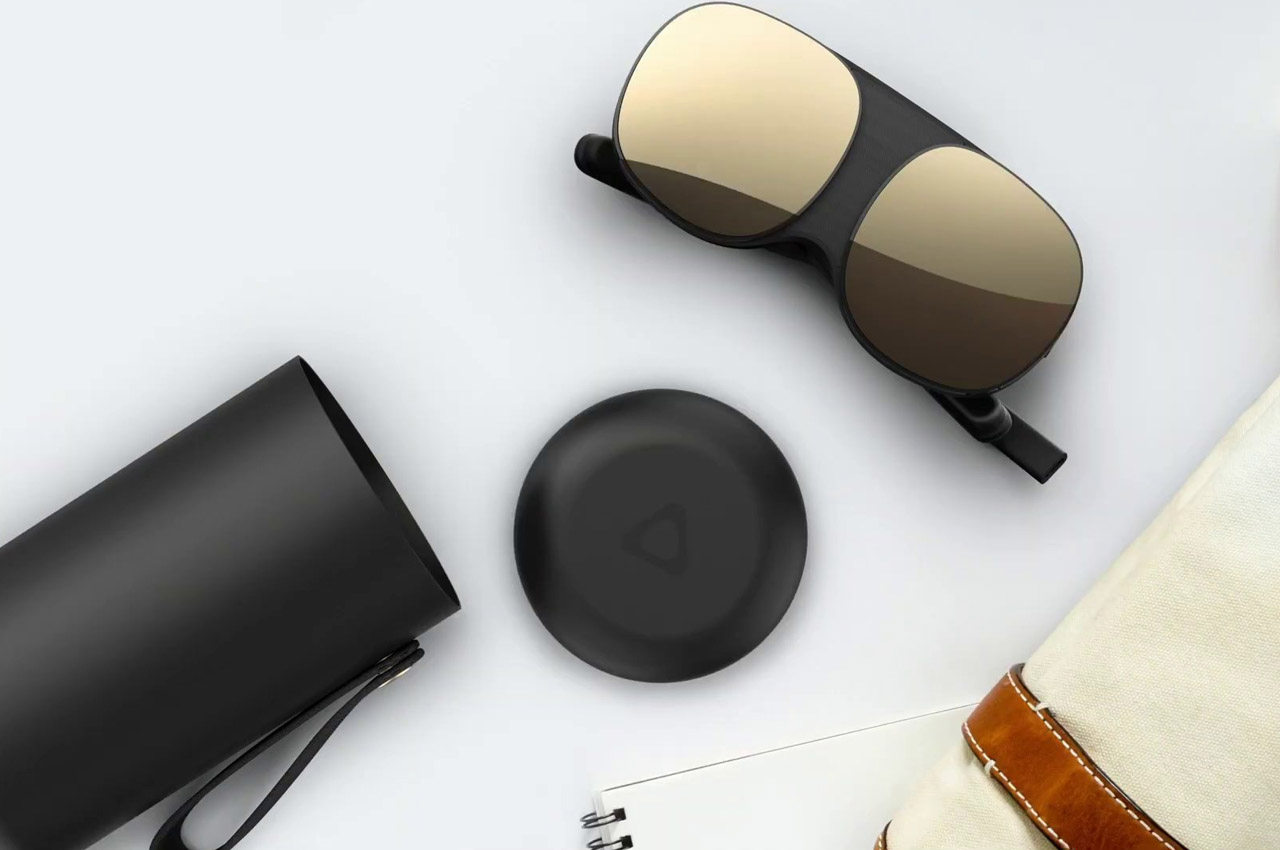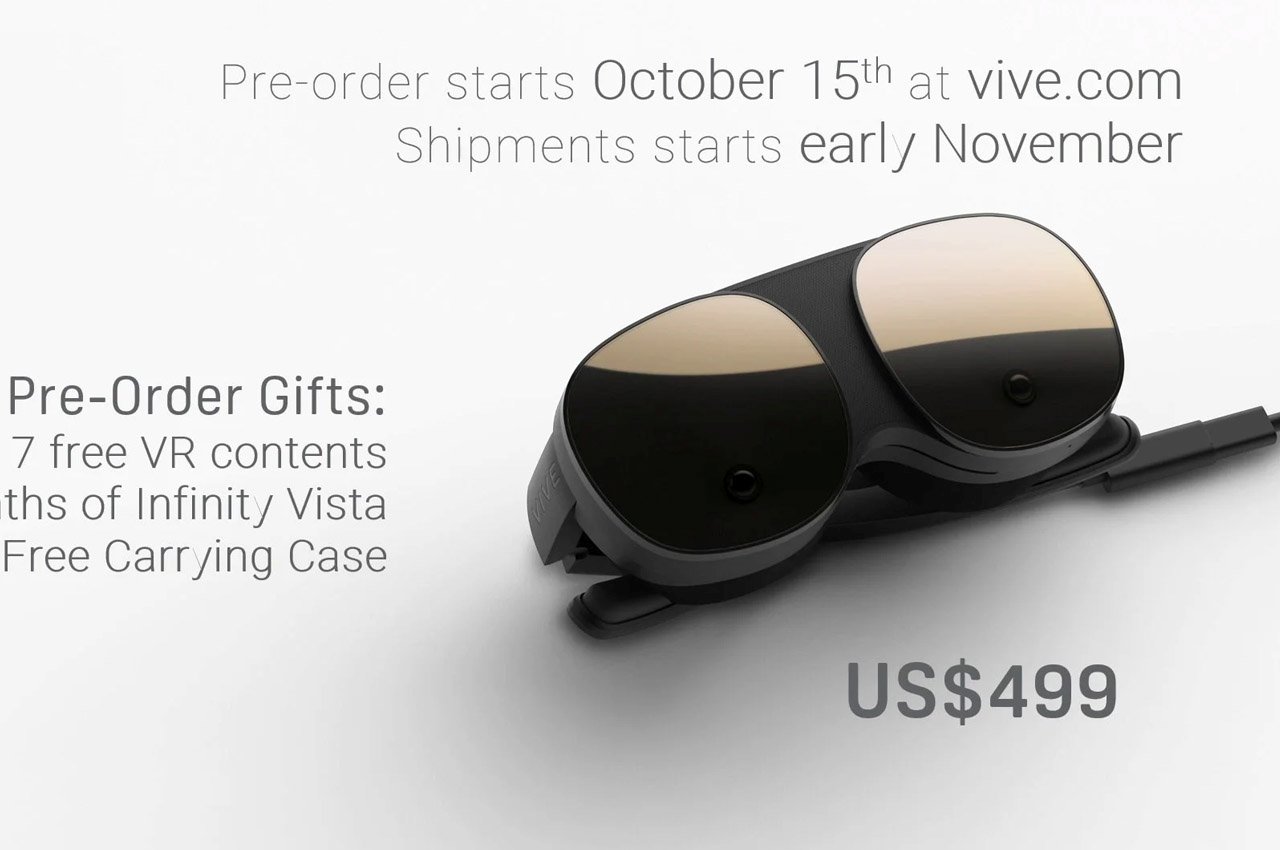The company cryptically leaked an image to The Verge in December, but now we have more details as HTC finally revealed the Vive XR Elite, their $1099 standalone headset designed to offer mixed reality experiences with full-color passthrough video.
The new images offer a clearer view of what the headset looks like, and HTC does point out that at 625 grams, the Vive XR Elite is lighter than Meta’s Quest Pro. It comes with a wraparound design that includes a battery pack at the back, but can also be used in ‘glasses mode’ (shown below) with the battery module removed, bringing down the weight of the device ‘significantly’, according to HTC. The headset offers a screen resolution of around 2K pixels per eye, a 110-degree diagonal field of view, a 90Hz refresh rate, 12GB of memory, and 128GB of storage. Notably, it also features color cameras and a depth sensor for additional situational awareness, something Meta left out of the Quest Pro.
Designer: HTC Vive
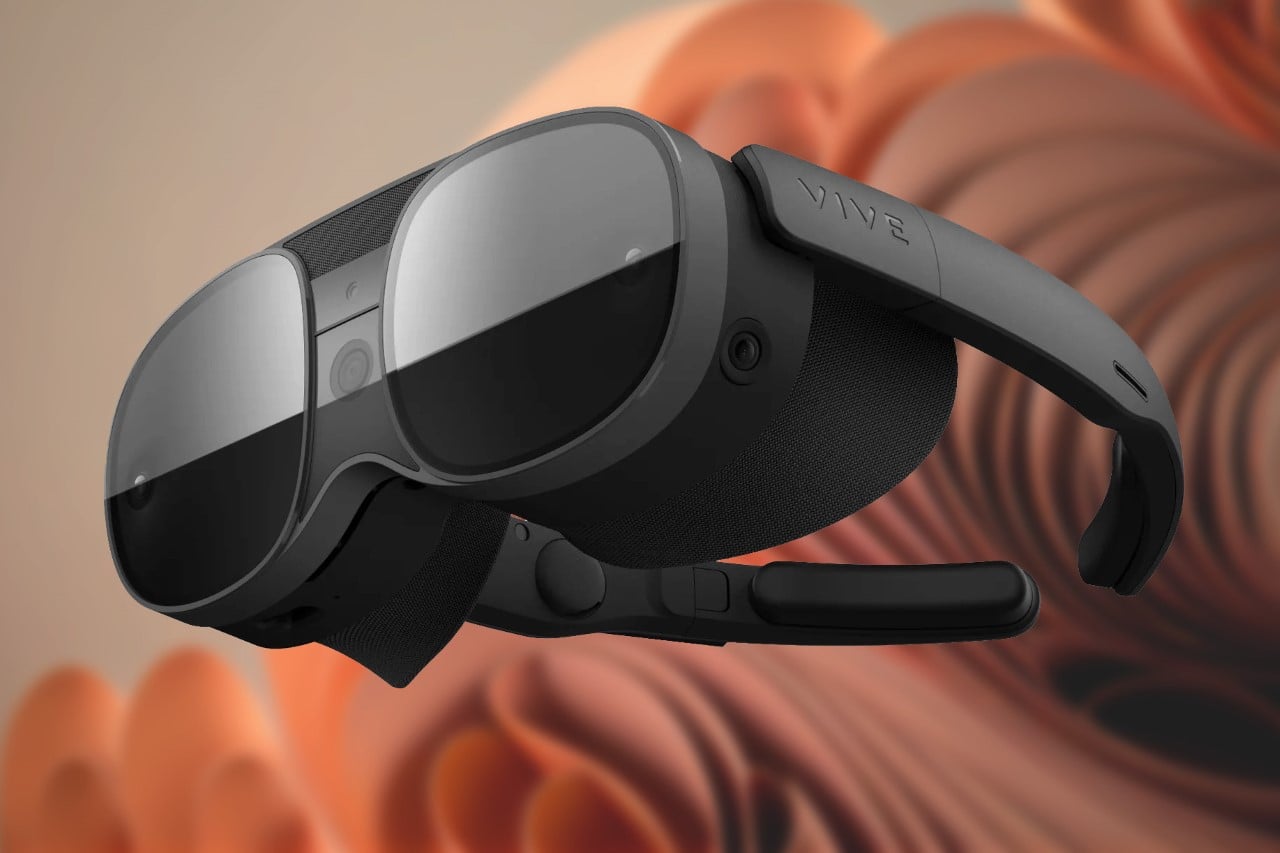
The Vive XR Elite is a standalone headset that can also be used while tethered to a PC for more immersive movies or games with better graphics, or for productivity tools and immersive 3D modeling and viewing. It can be used along with controllers but also supports hand tracking that lets you interact with virtual elements naturally. The headset is designed to even be worn by people who usually wear prescription eyewear. Lens diopter adjusting within the headset lets you set the power for each eyepiece, so people can wear the XR Elite without specs, and the eyepieces can be moved closer or further apart so as to provide a precise fit without causing blurry images or headaches. The headset charges over USB-C, and its controllers are also rechargeable, offering a battery life of closer to 10 hours.
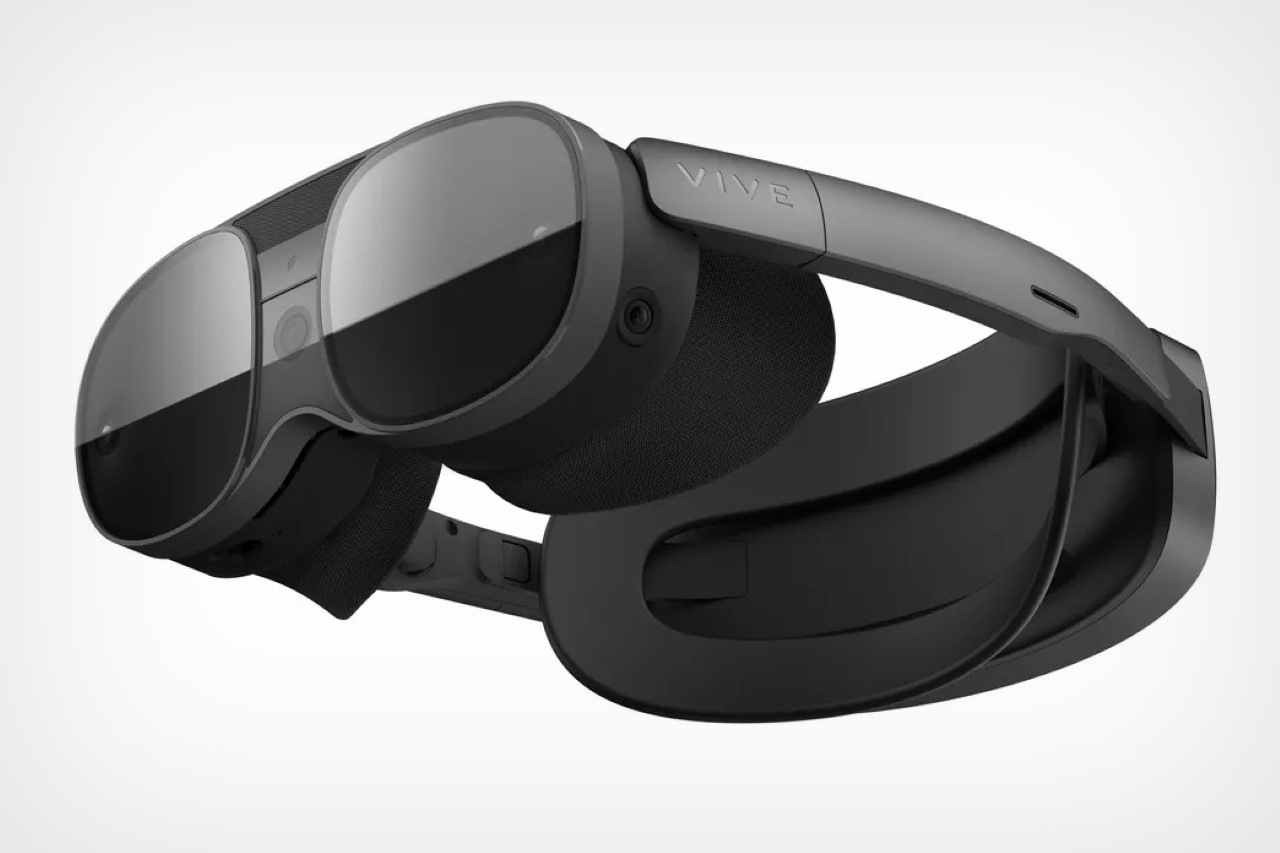
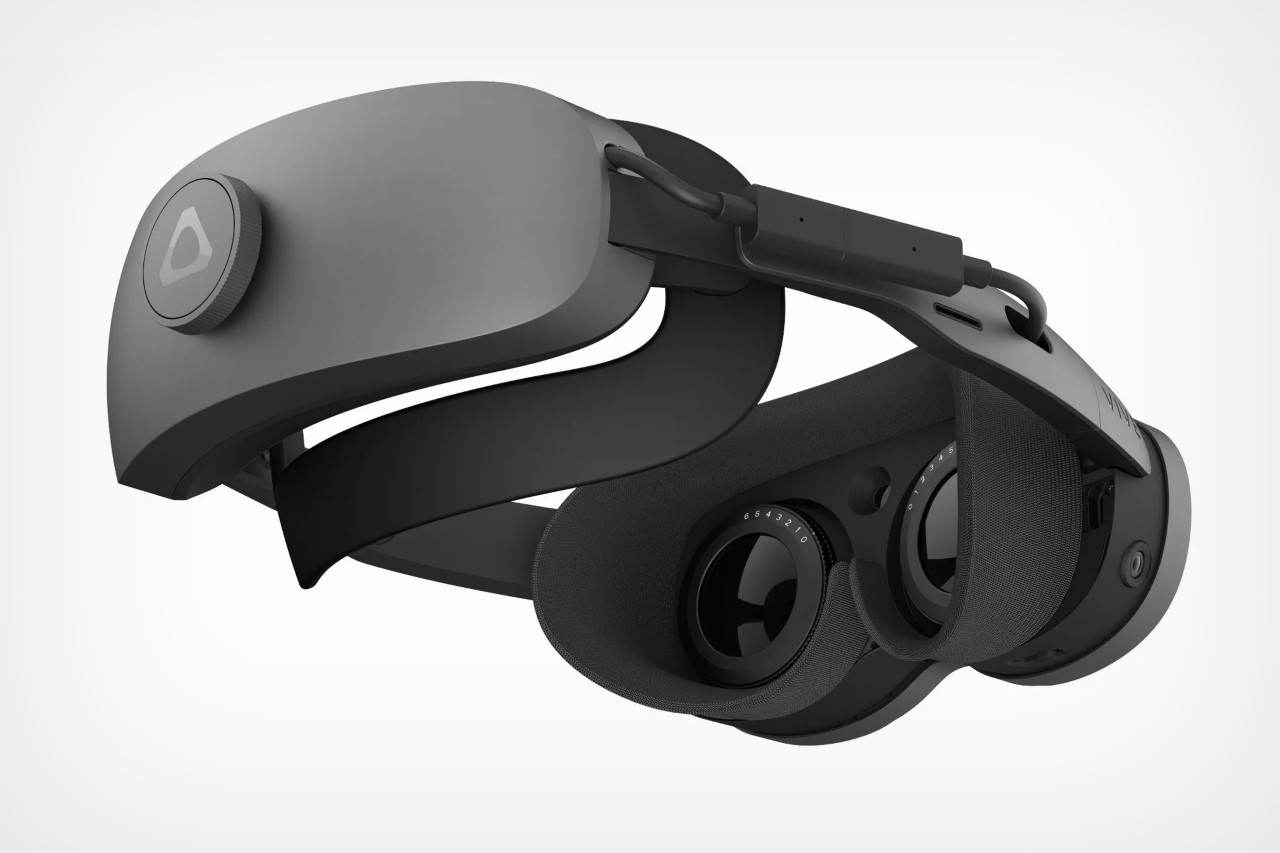
The $1099 device ships with the battery module and two controllers. It’s a bit of a tough sell, considering it’s almost thrice as expensive as the Quest 2, which pretty much offers the same experience while being cheaper and lighter. The only perceivable difference in features seems to be the availability of ‘passthrough AR’, which is still experimental at best. Moreover, HTC claims the Vive XR Elite will offer much better data privacy than any of Meta’s devices, although paying nearly thrice as much for this benefit may not really sit well with everyone.
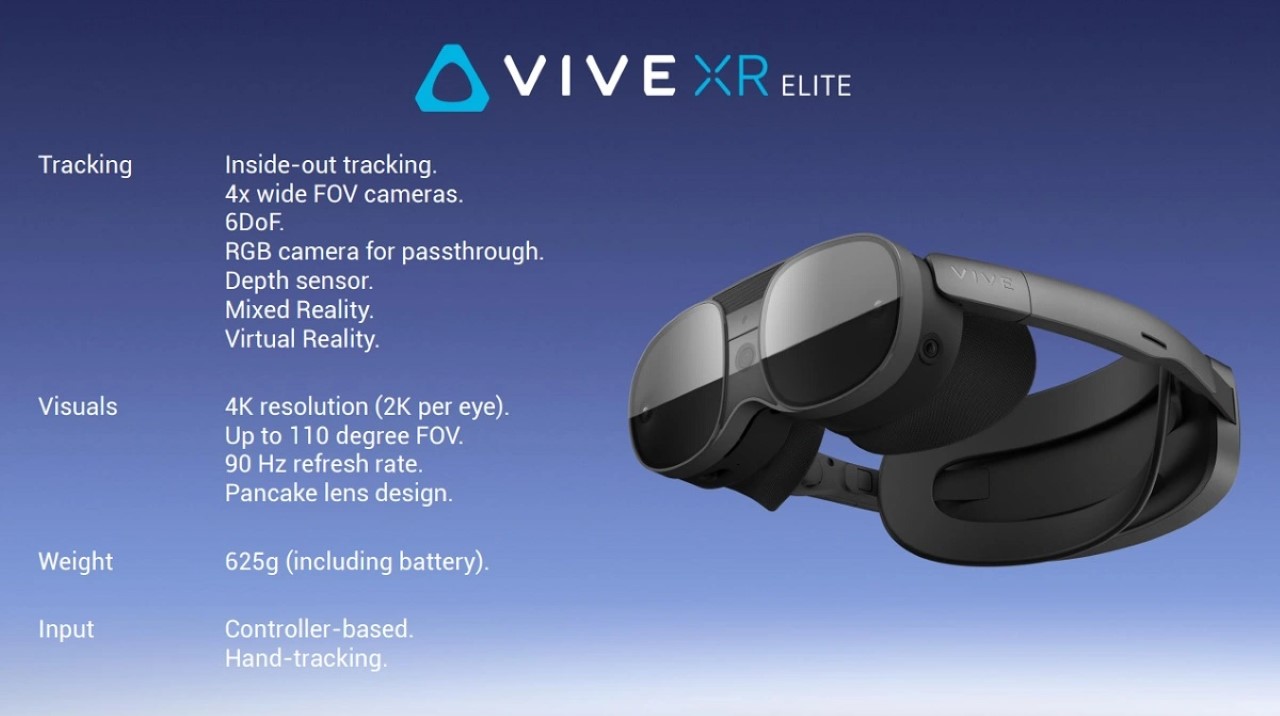
The post Here’s a complete look at the latest HTC Vive XR Elite glasses that debuted at CES 2023 first appeared on Yanko Design.
